Inside the Arctic Circle ...
Take me to the sky I want to dance with the lights!
Click here to see how beautiful & dreamy these polar "nights" are, this is Polar Day Break!!
Northern Lights - Aurora Borealis in Polar Nights!!

In the summertime, the sun never goes down and in winter it never comes up above the horizon. It’s a natural phenomenon that one must see, know & feel once in a lifetime. We were fortunate enough to see the midnight Sun a few years back. But more on Midnight Sun later …, in another picture blog post.


Winter in the Arctic circle is nothing short of magical. The nights are not as gloomy as one might think. The gorgeous Lady Aurora dances in the sky to give you a spectacular show. It’s mind-blowing. This phenomenon is best observed during clear nights & dark skies. We were fortunate that Lady Aurora blessed us with her best dances all the days we were inside the Arctic circle, Swedish Lapland & northernmost Norway.





As soon as we landed in the Arctic circle, it was like a magical fairyland all around. We were told that we were so lucky to see yet another beautiful phenomenon called HoarFrost which is rare and very photogenic creating a magnificent winter wonderland.




Use your imagination to figure out the shapes. It’s fun to watch, figure it out and keep entertained in that brutal cold weather - brrrr. But the light show is so spectacular you would just forget how numb you are from the cold. 5 to 6 layers of clothing and a warm suit (I called it a space suit as that’s how you would feel walking on that landscape… lol) on top of it wasn’t cutting it when out for 5-6-7 hrs every night out in the open.
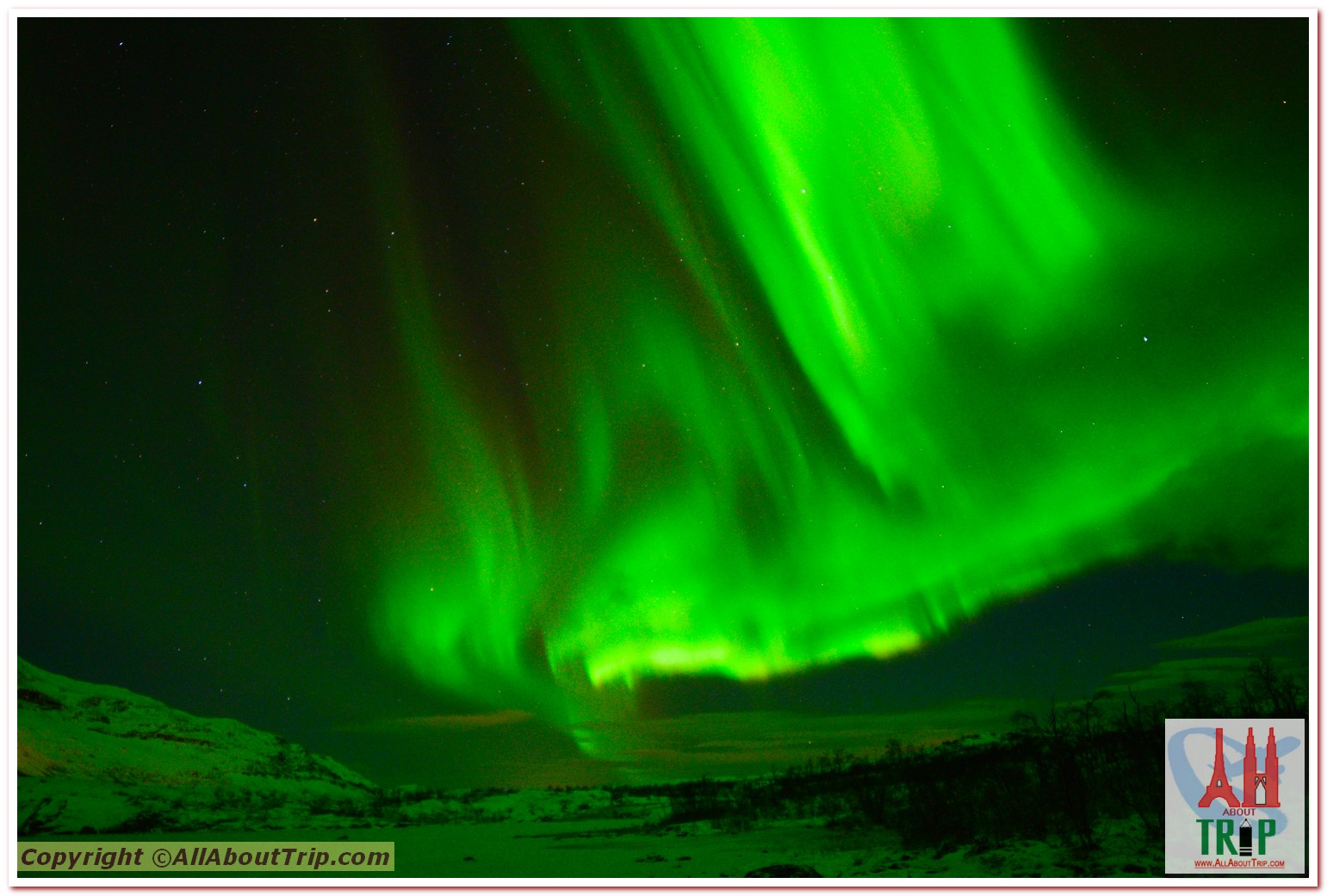




Hoarfrost forms when moisture in the air skips the water droplet stage and appears directly as ice crystals on an object. Every bunch looks like delicate ice flowers. It’s not slippery & walking on it is kind of fun, squashing the crunch. Why don’t we see some beautiful pictures in daylight in this winter wonderland in the next picture blog?
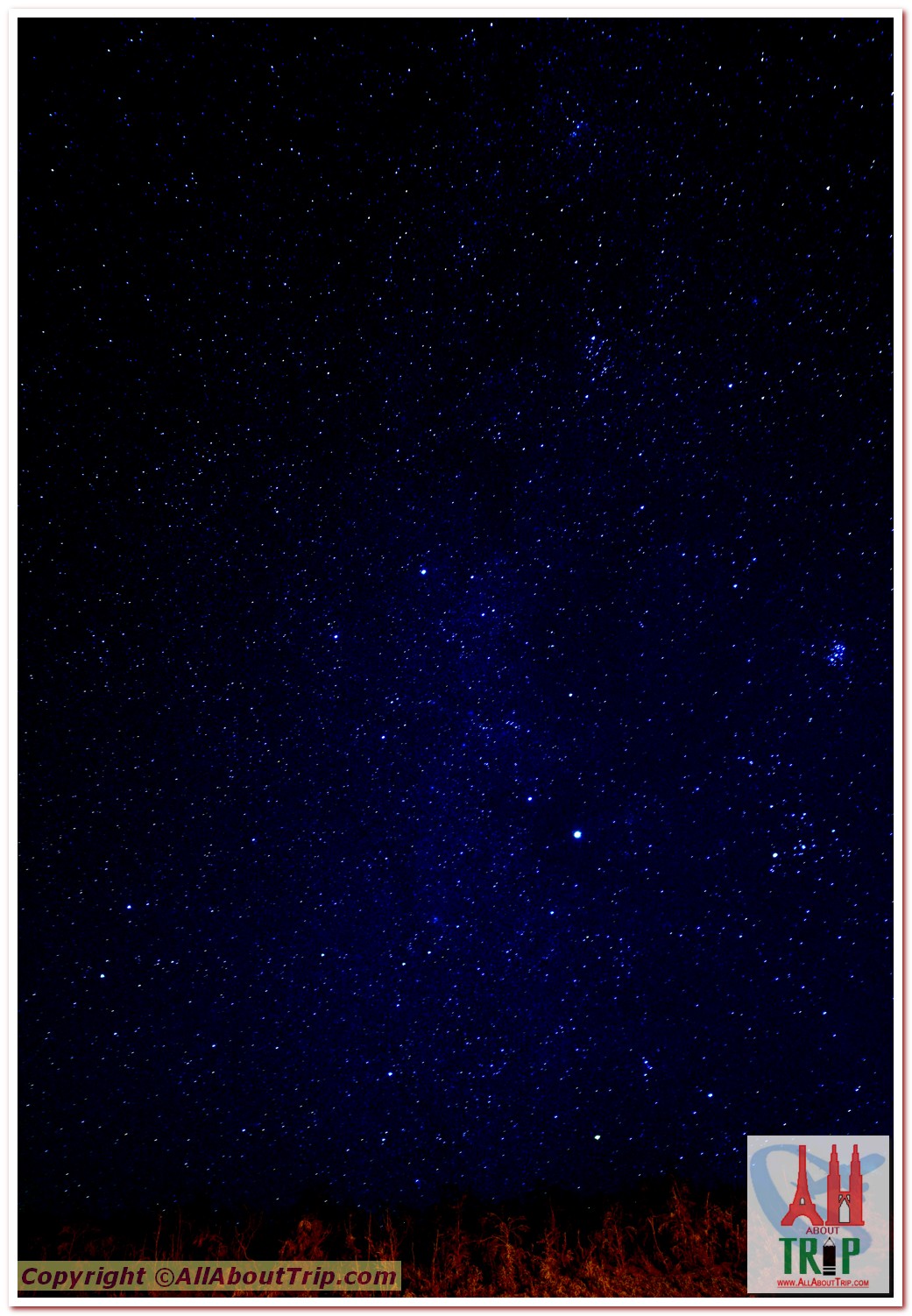
When I say we were fortunate enough to see the Aurora dancing in the sky, it was not for a day or two or even three… it’s was almost 10 days in a row we saw the lights as many days we spent in the arctic circle. The colors were magnificent. Not just green but reds, pinks, purples … sometimes mixed in with the clouds to get a perspective but not obtrusive, along with gazillion stars. The light from just the stars and Aurora, the whole landscape used to light up. You will not believe that in the remotest areas with no lights at all on moonless nights, you could see the landscape very clearly.
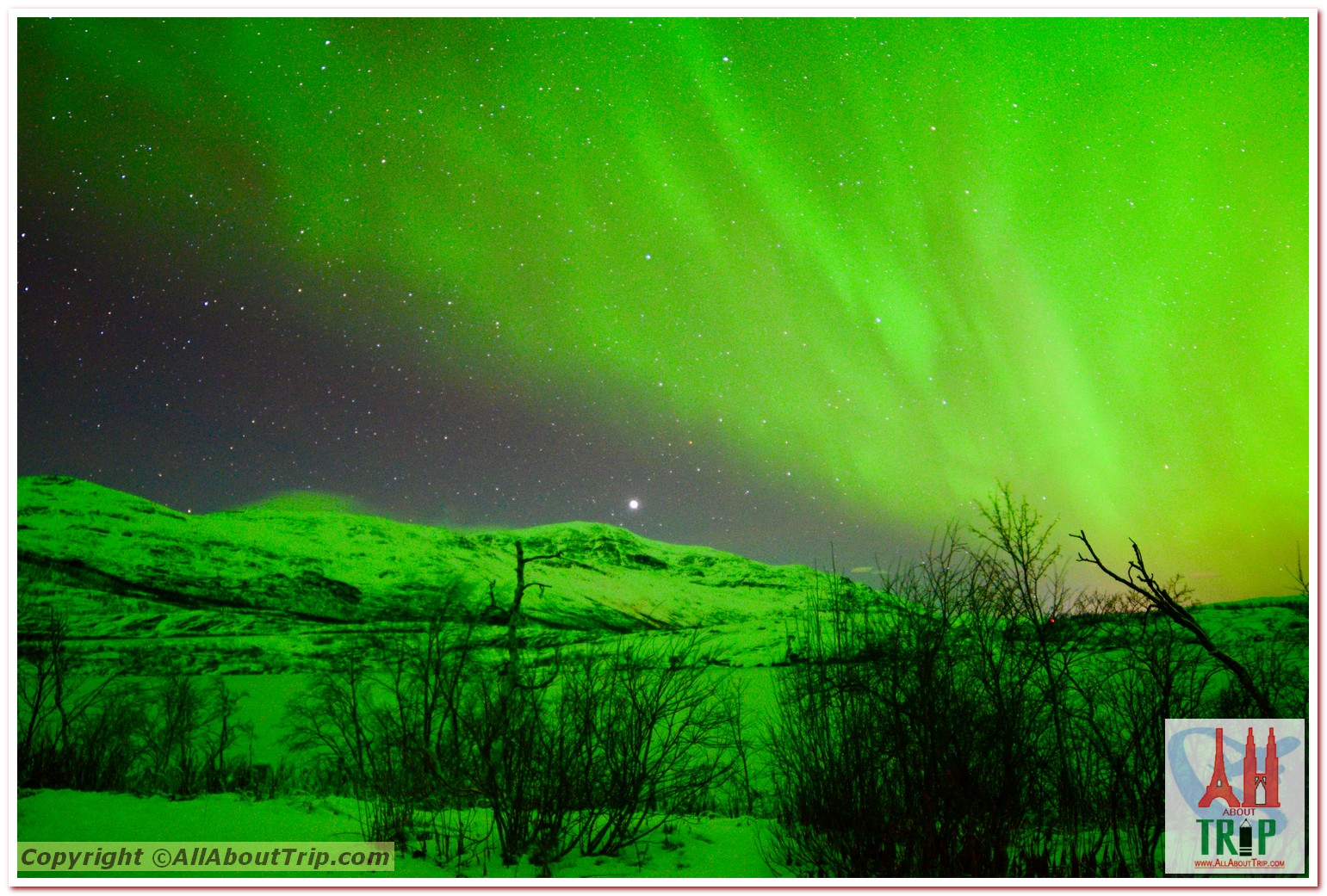



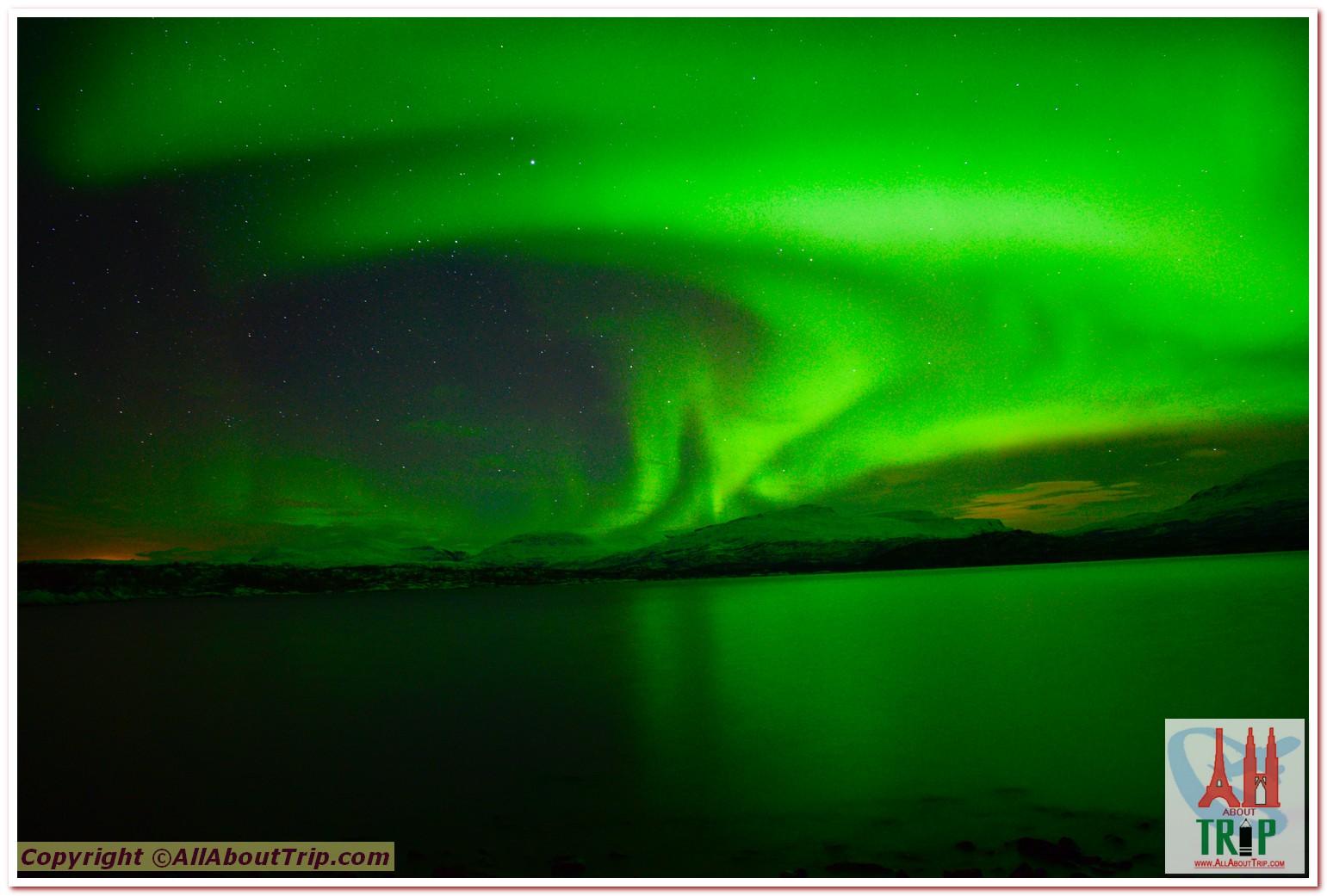
A lot of hard work, intensive planning, and a little bit of luck goes into a successful dream trip. First of all to find the right place not from Google photos which is a bit misleading when it comes to the Aurora photographs but from in-depth research. You don’t want to go spend all that time & money to find out the place isn’t right and you might encounter more cloudy skies than clear ones. Then you have to time it correctly to see when is it that you can find the clearest nights free from clouds as well as any light pollution. There is a misconception that the colder the night, the better the chances of viewing Aurora. Longer/darker/clearer nights are the recipe for success.
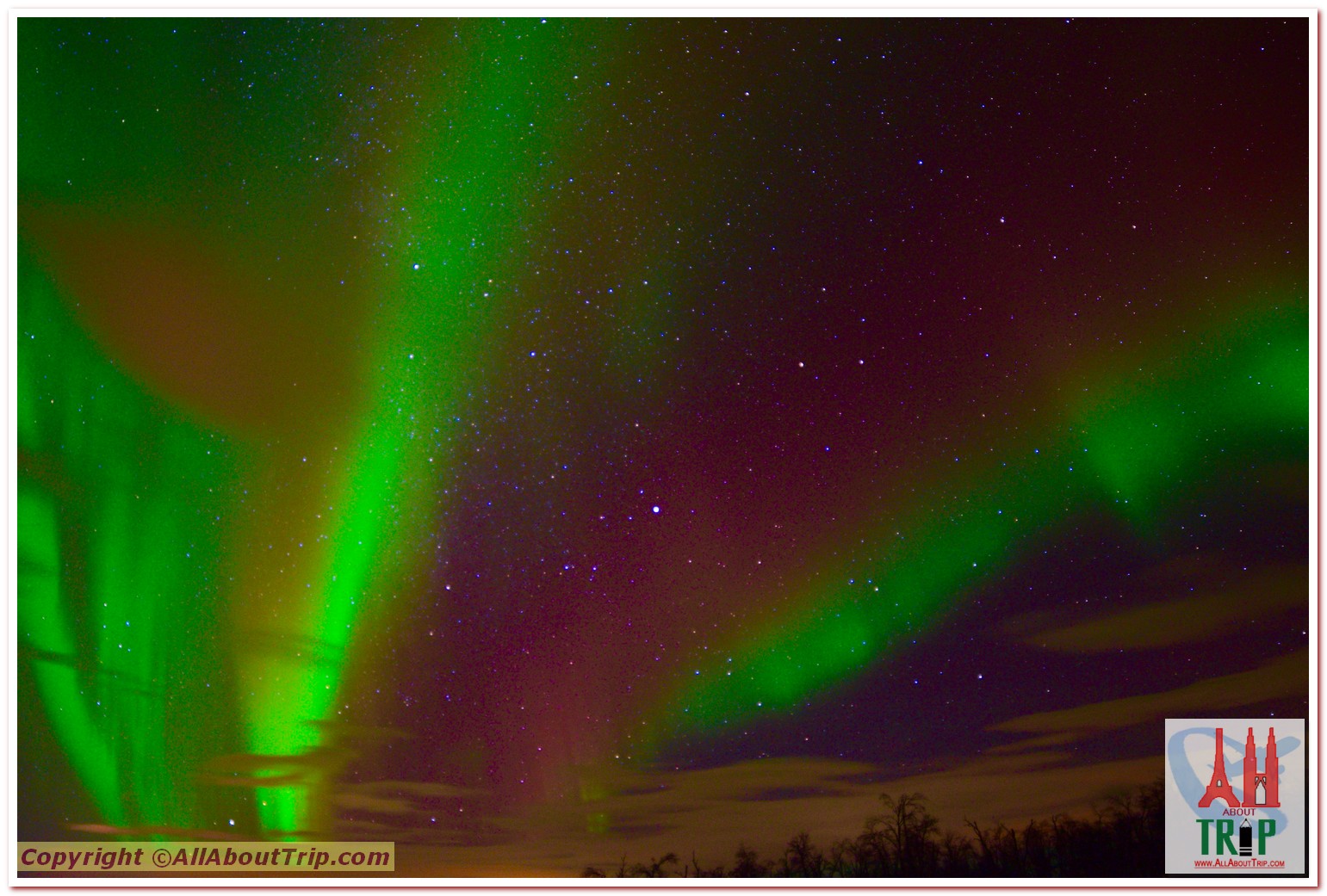
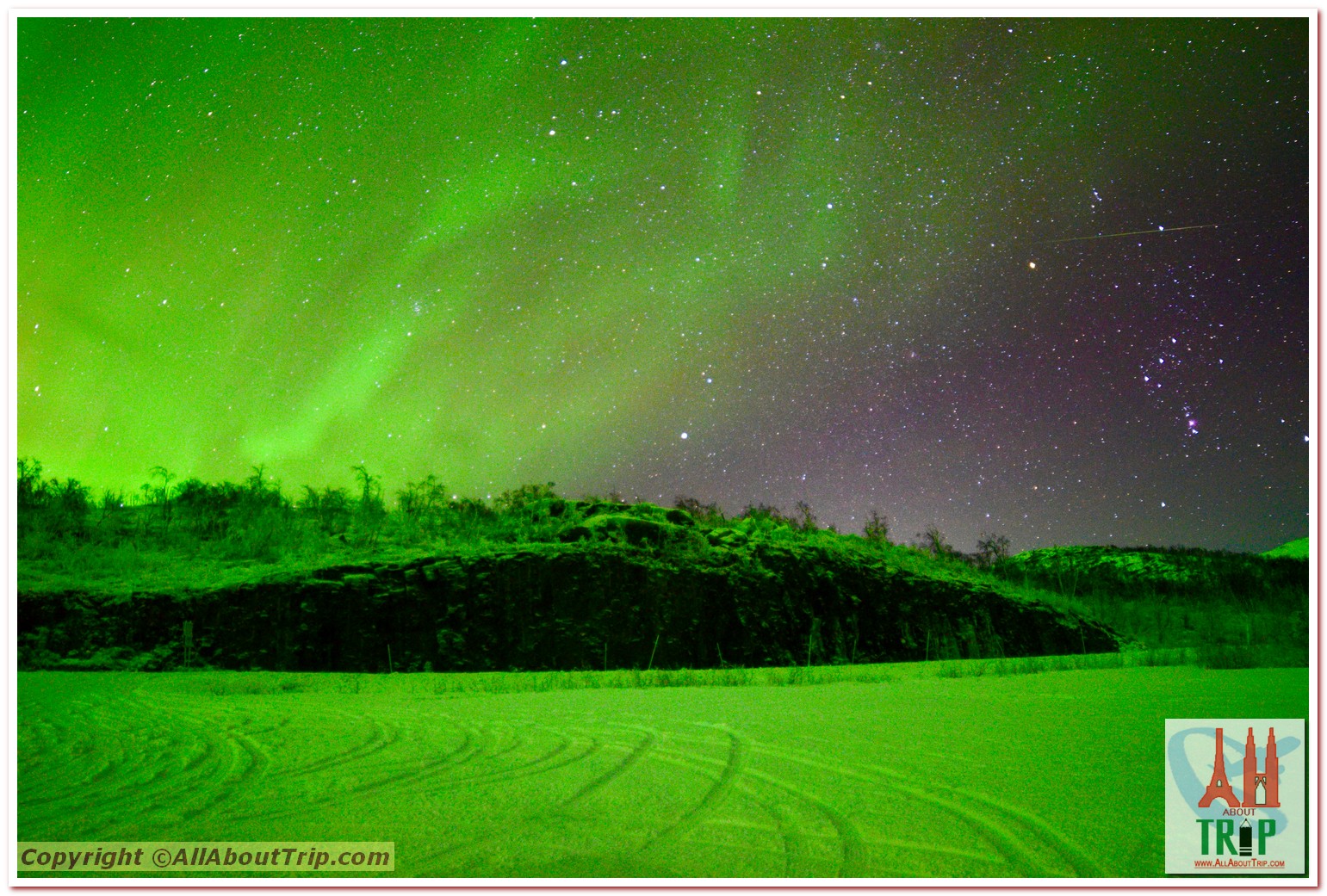
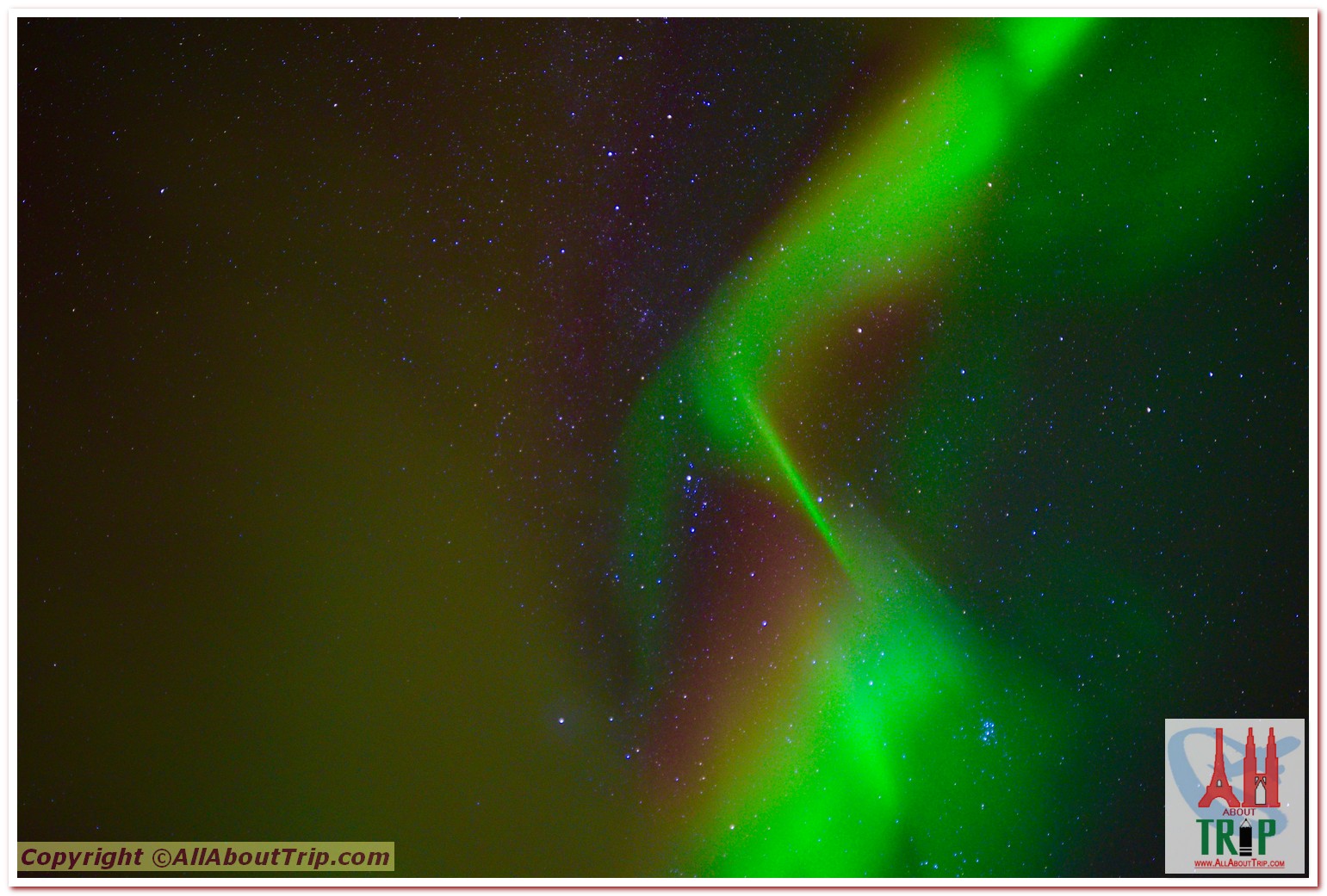
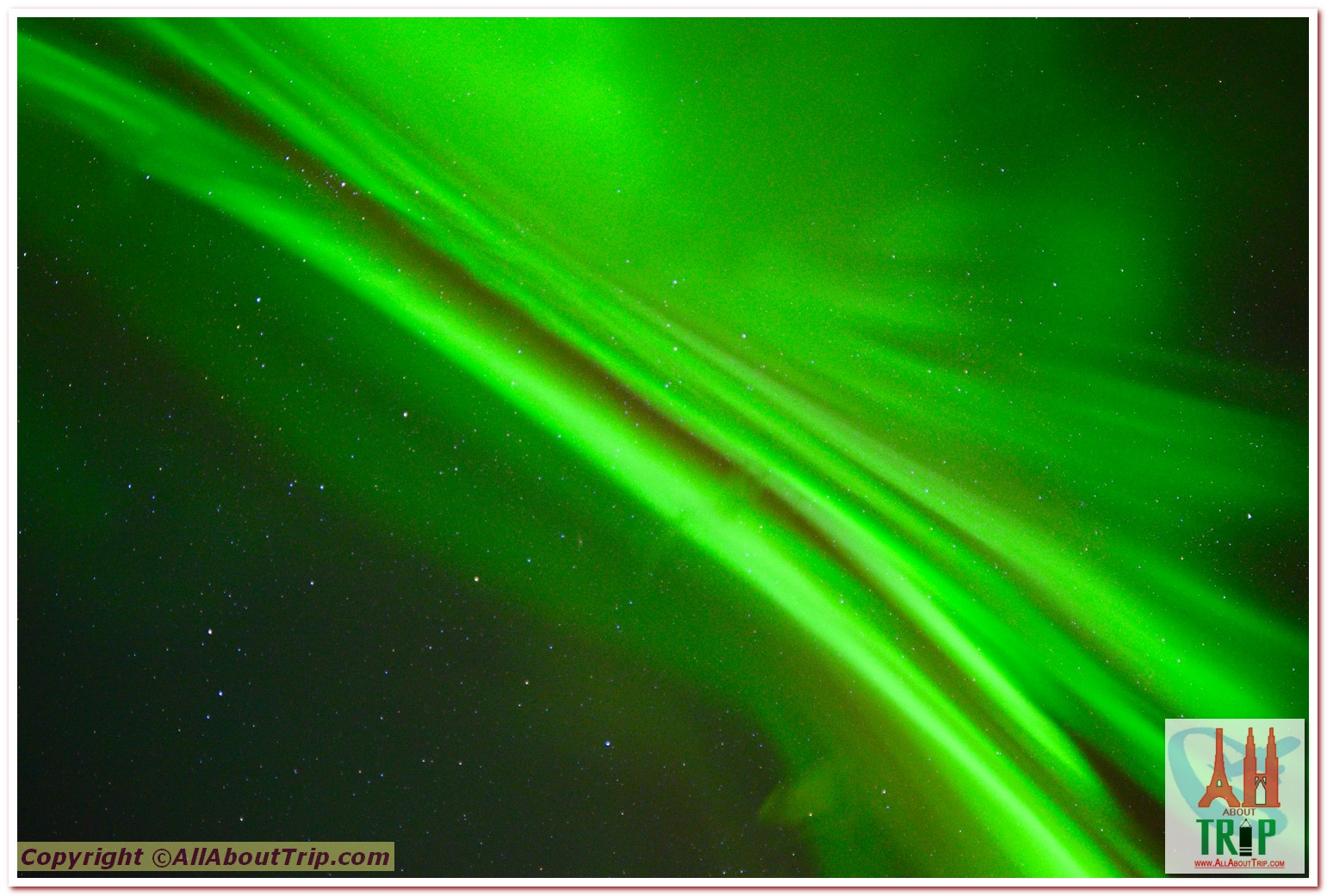

So what’s the science behind Aurora Borealis near the north pole or Aurora Australis near the south pole? In short, the sun’s solar storm called CME or Coronal Mass Ejection pull on Earth’s magnetic field. This creates Alfvén waves that launch electrons into Earth's atmosphere where they create the aurora.
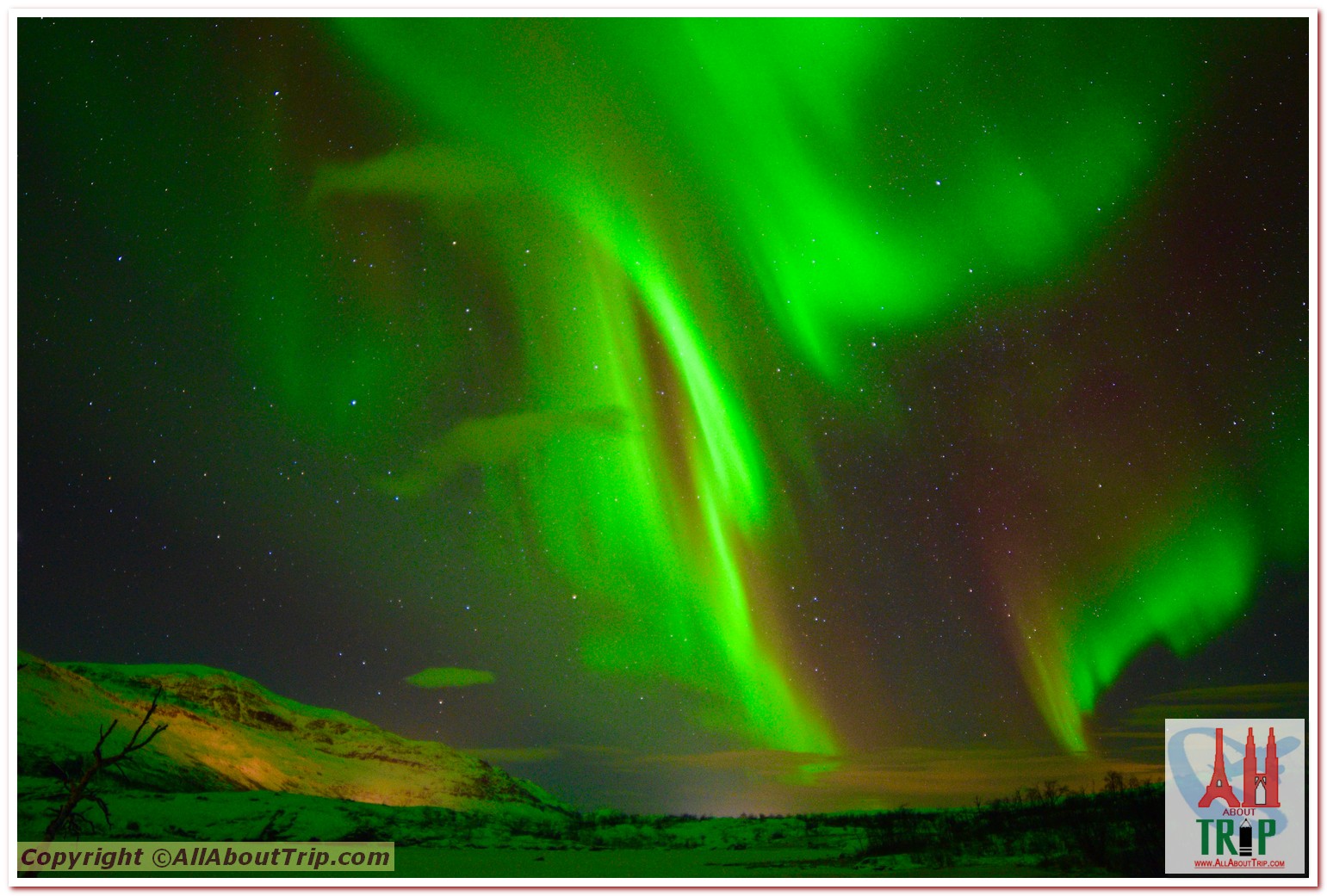

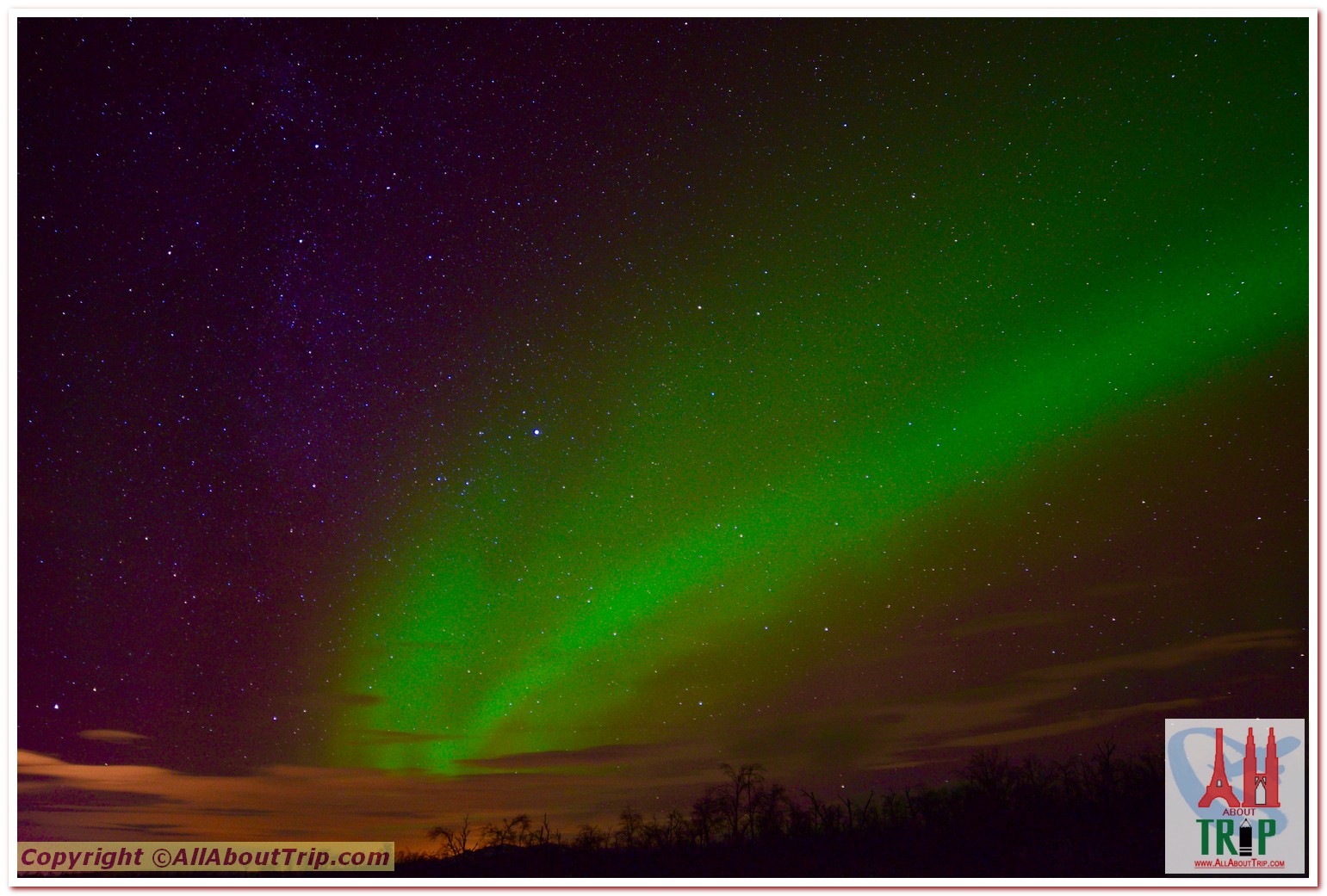

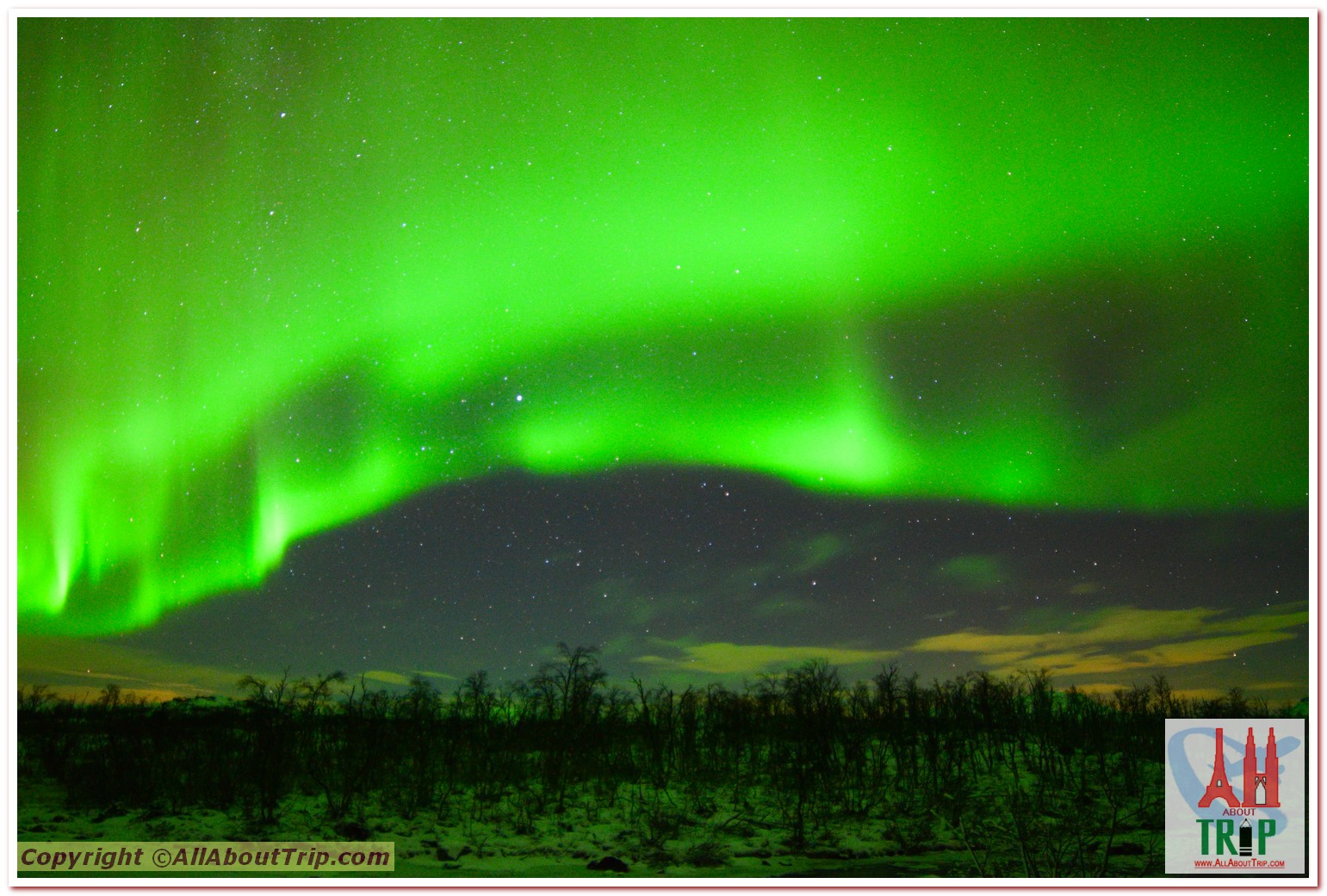
The Northern Lights generate at an altitude from 80,000 meters (about 260,000 feet) to 400,000 meters (about 1 million 300,000 feet), compared to the height of Mount Everest is 8,898 meters (29,000 feet) to get the perspective.
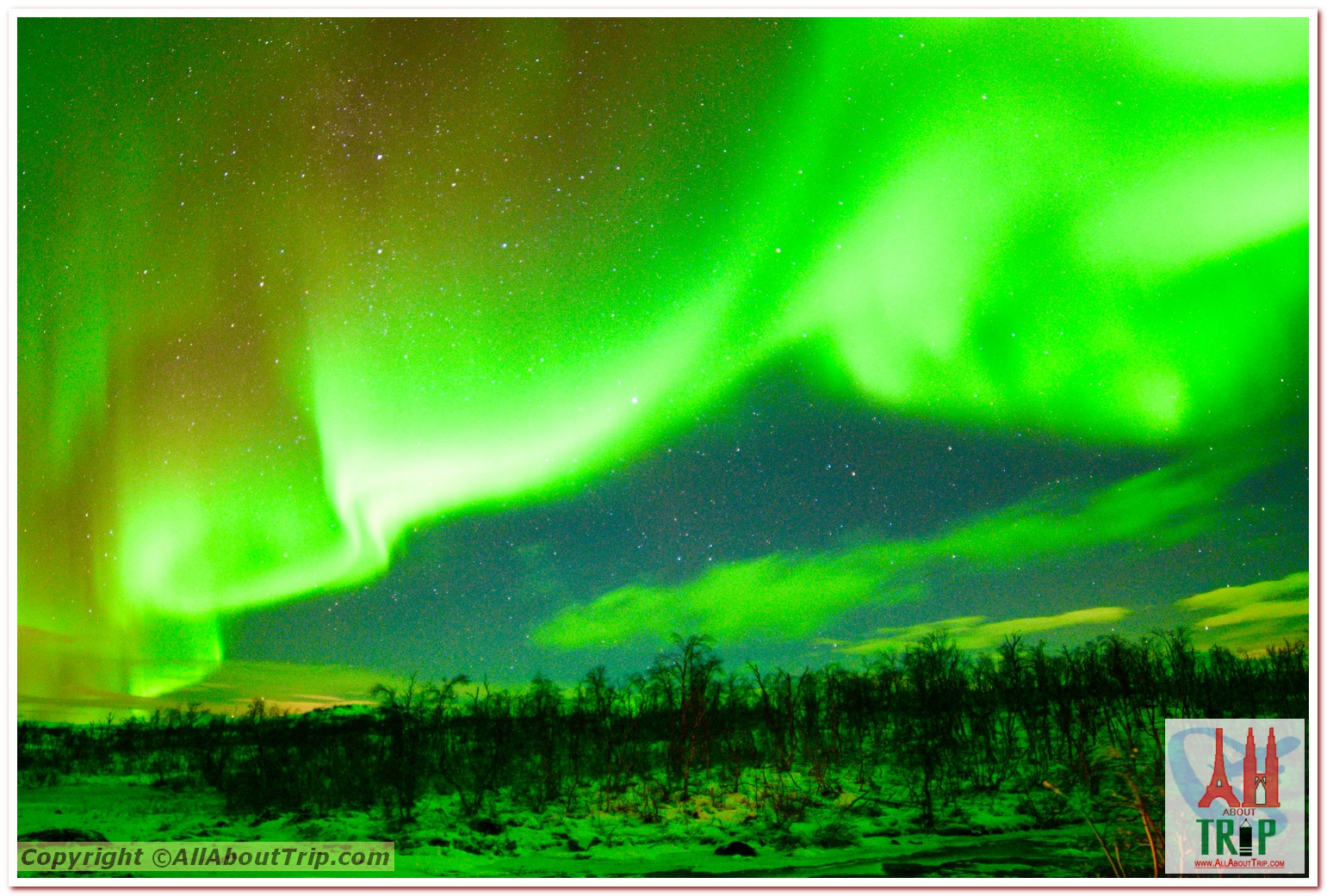

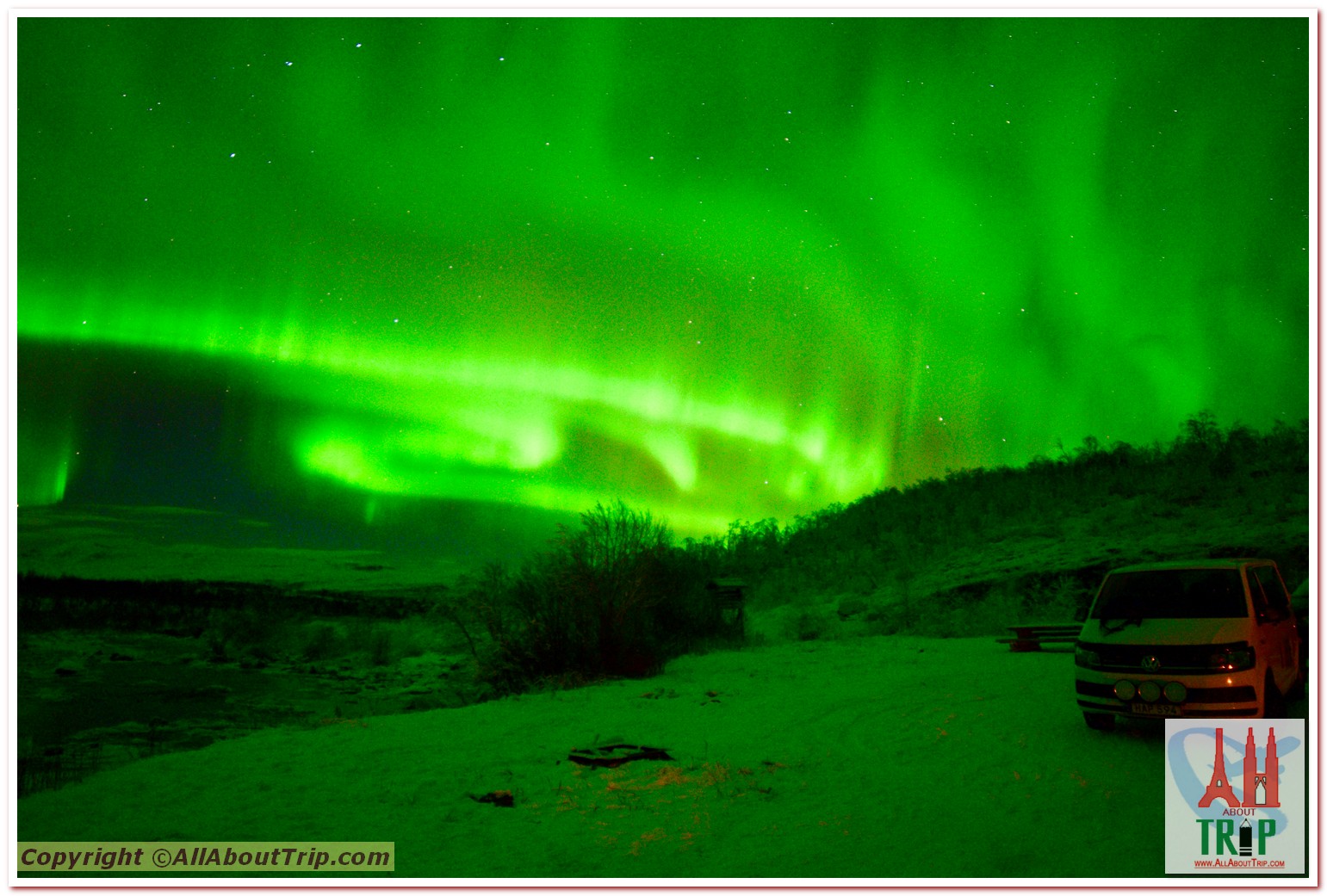
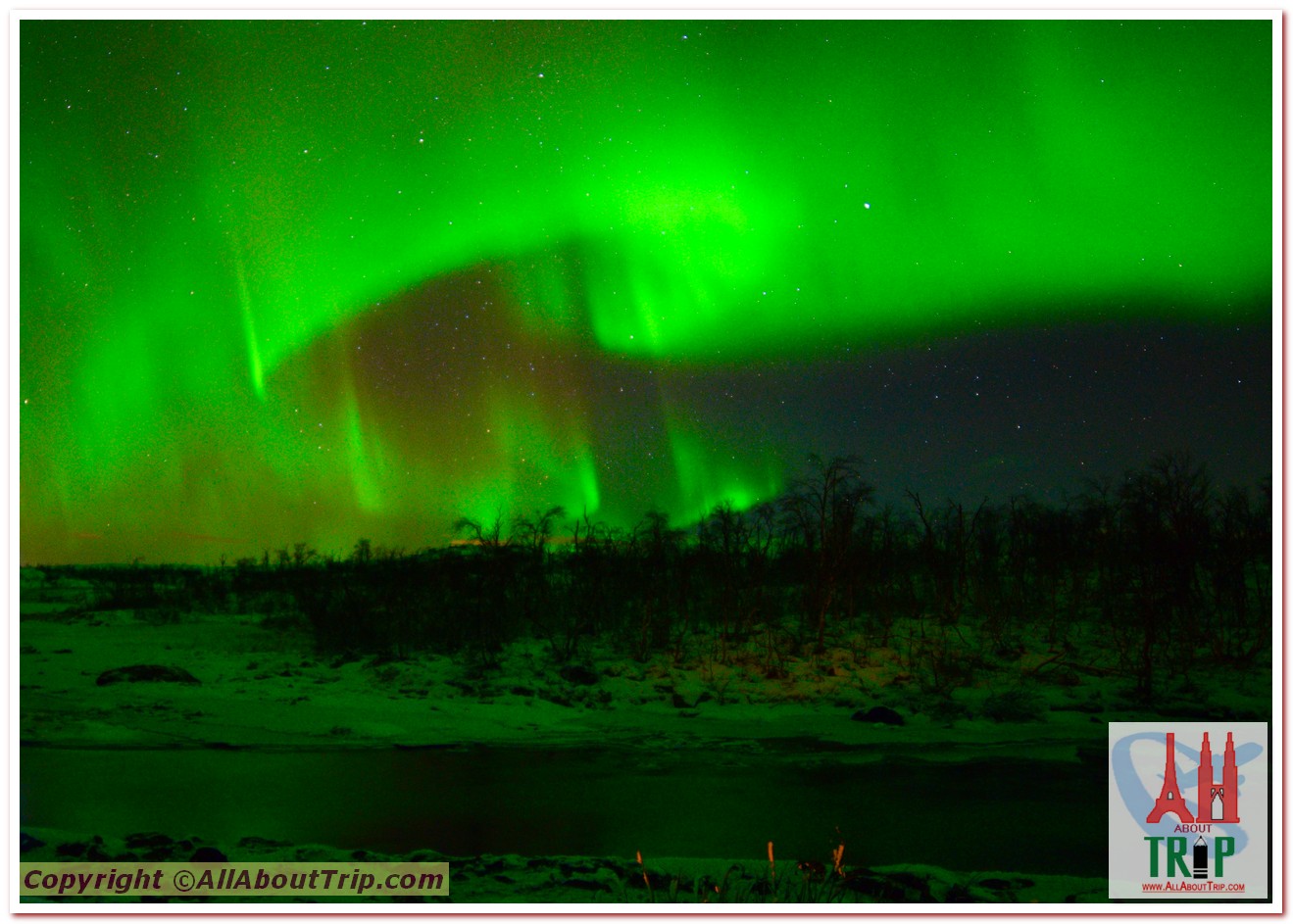
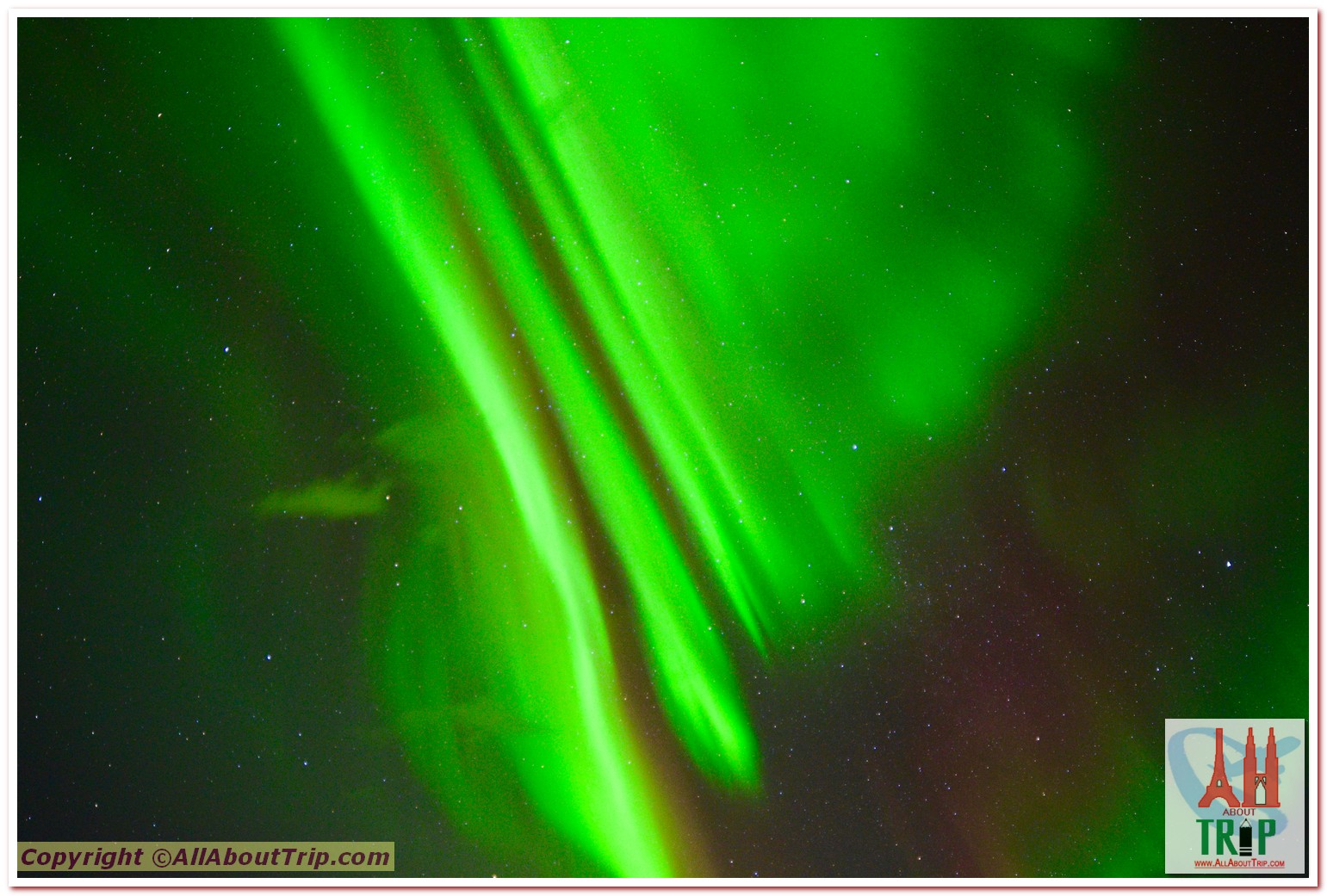
The view of Aurora literally changes every second. You are looking at a faint Aurora which becomes most vibrant in seconds & vice versa. The dance can start at any time. There were times when the sky was so bright with Auroras and so many of them that our heads started spinning where to look and what to capture.

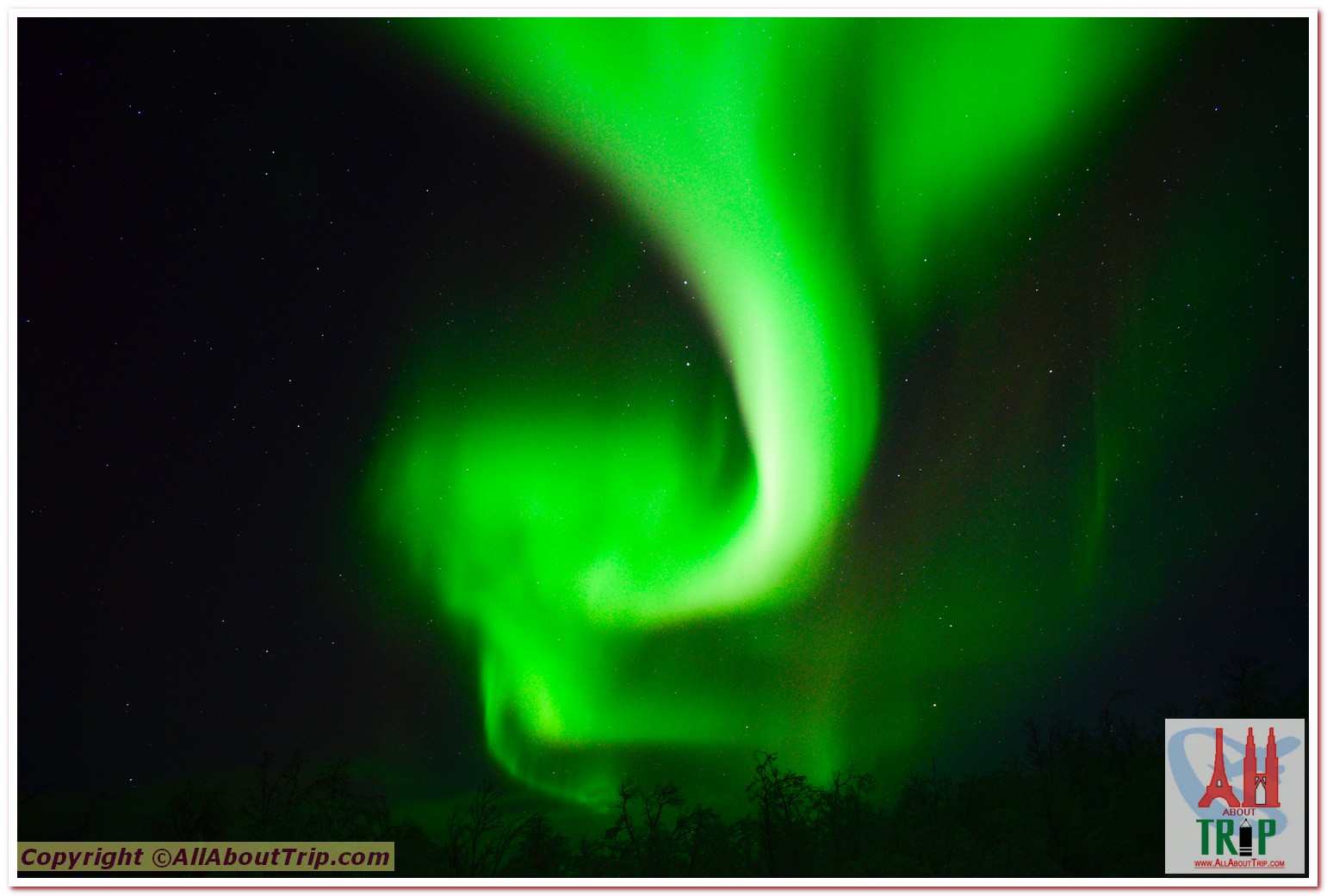

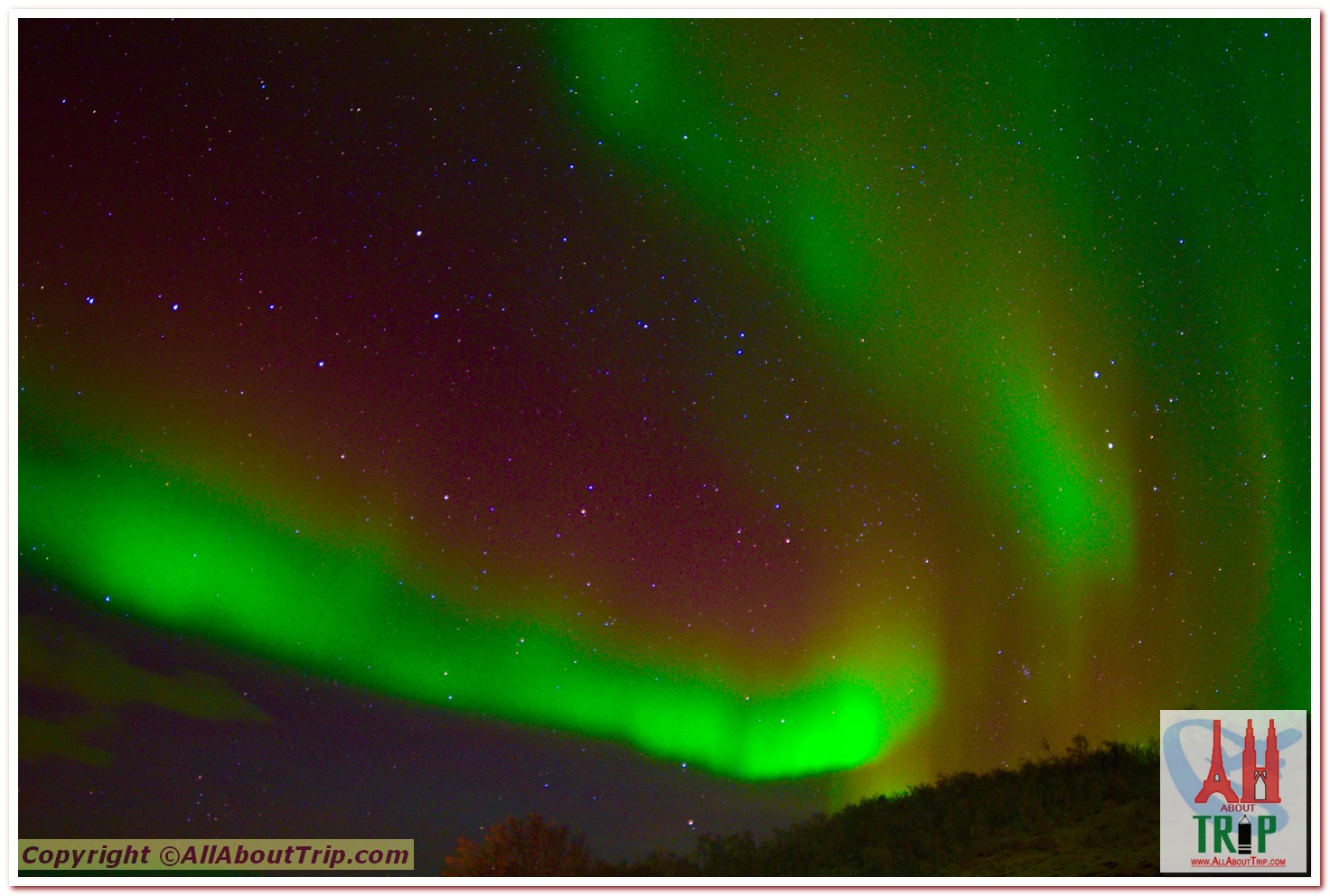
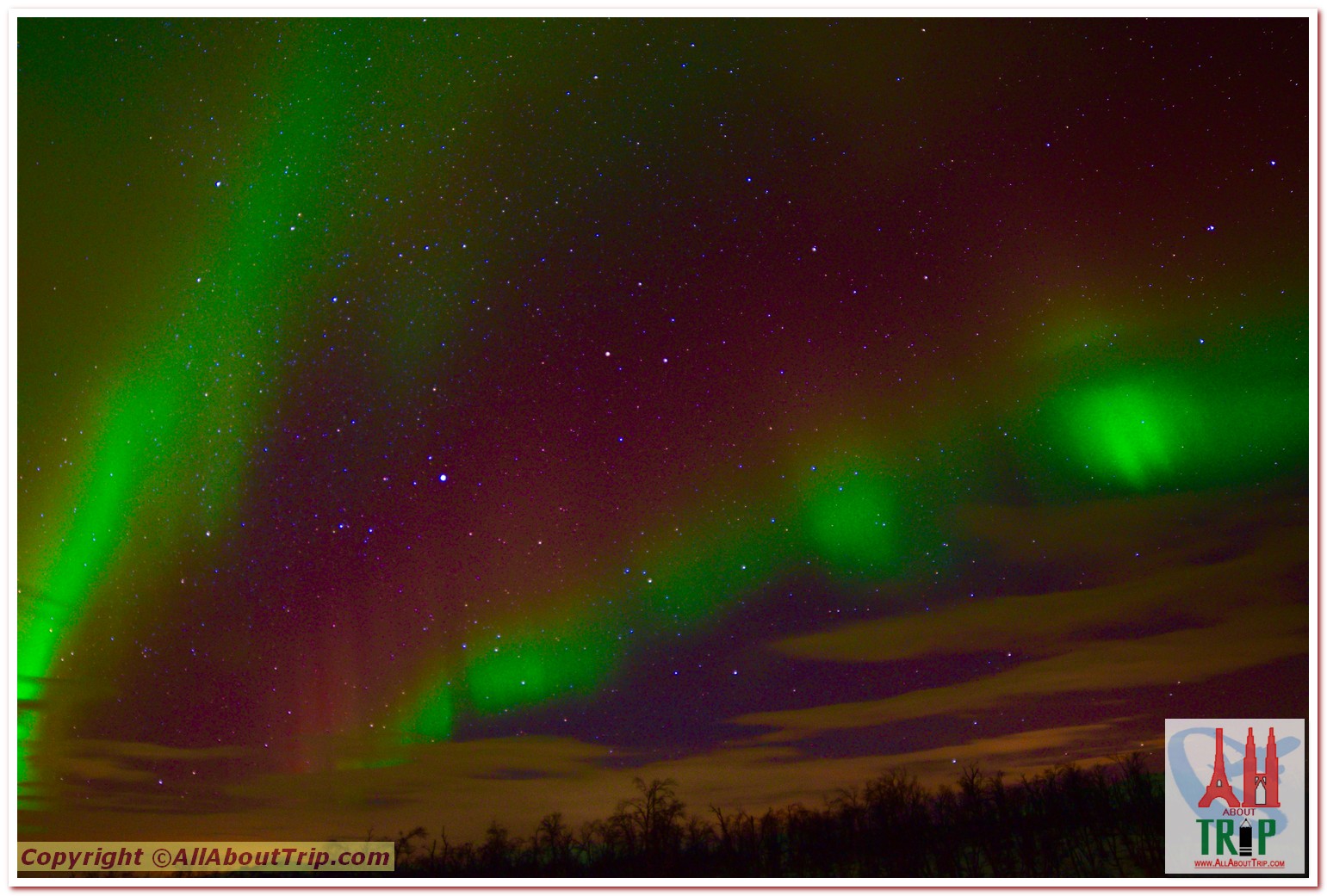
Sometimes when that happens, you would want to just try to take it all in and not be so focused on capturing those moments. I know it’s harder doing that than saying but this was our own mind-blowing experience many times. So many shooting stars streaked across the sky that we lost count on day one!
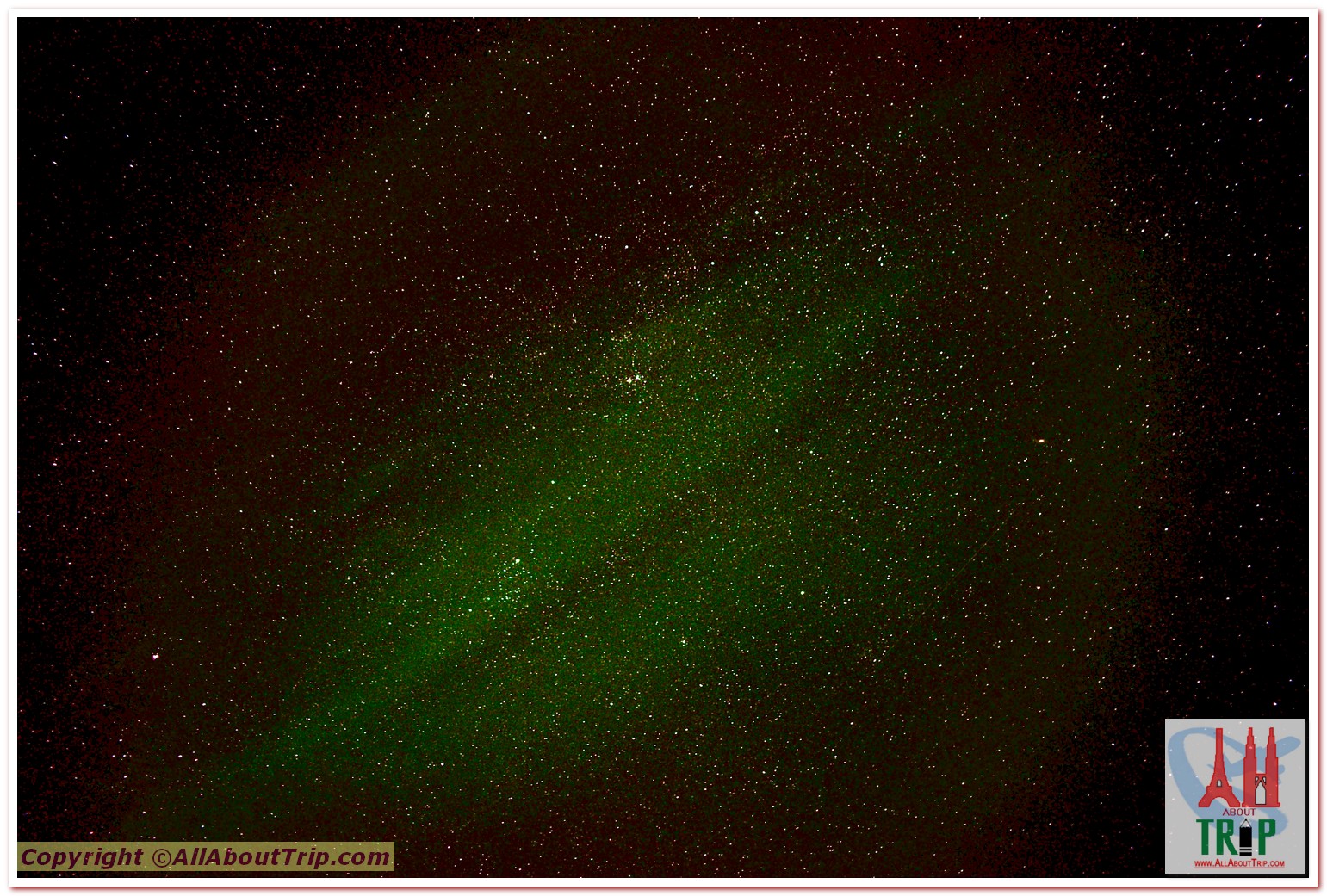

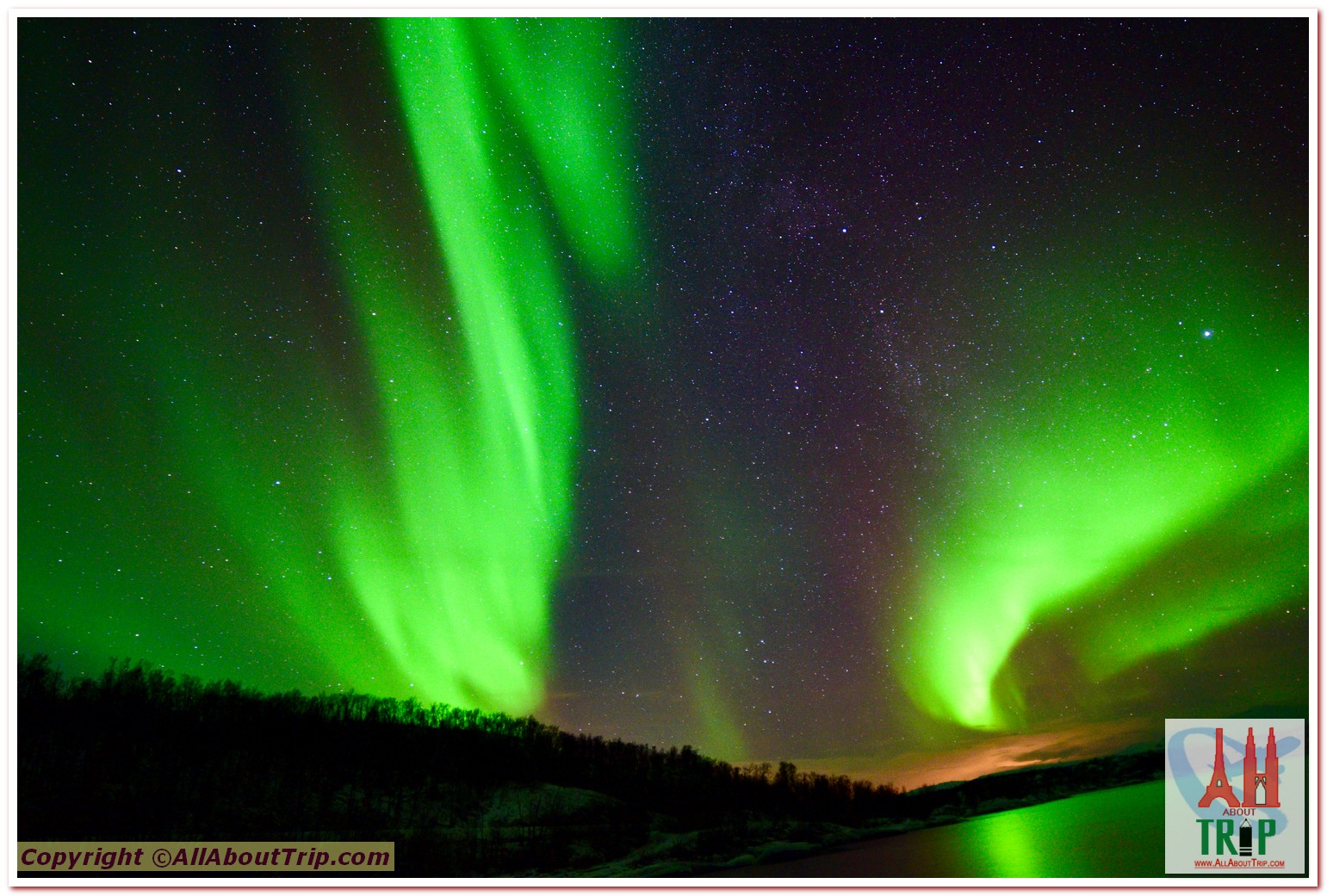

About the camera or rather cameras – DSLR, Mirrorless, low focal length ultra-wide FAST lenses, remotes, and a lot more gear. Outside the scope of this blog, so maybe elsewhere, another time!
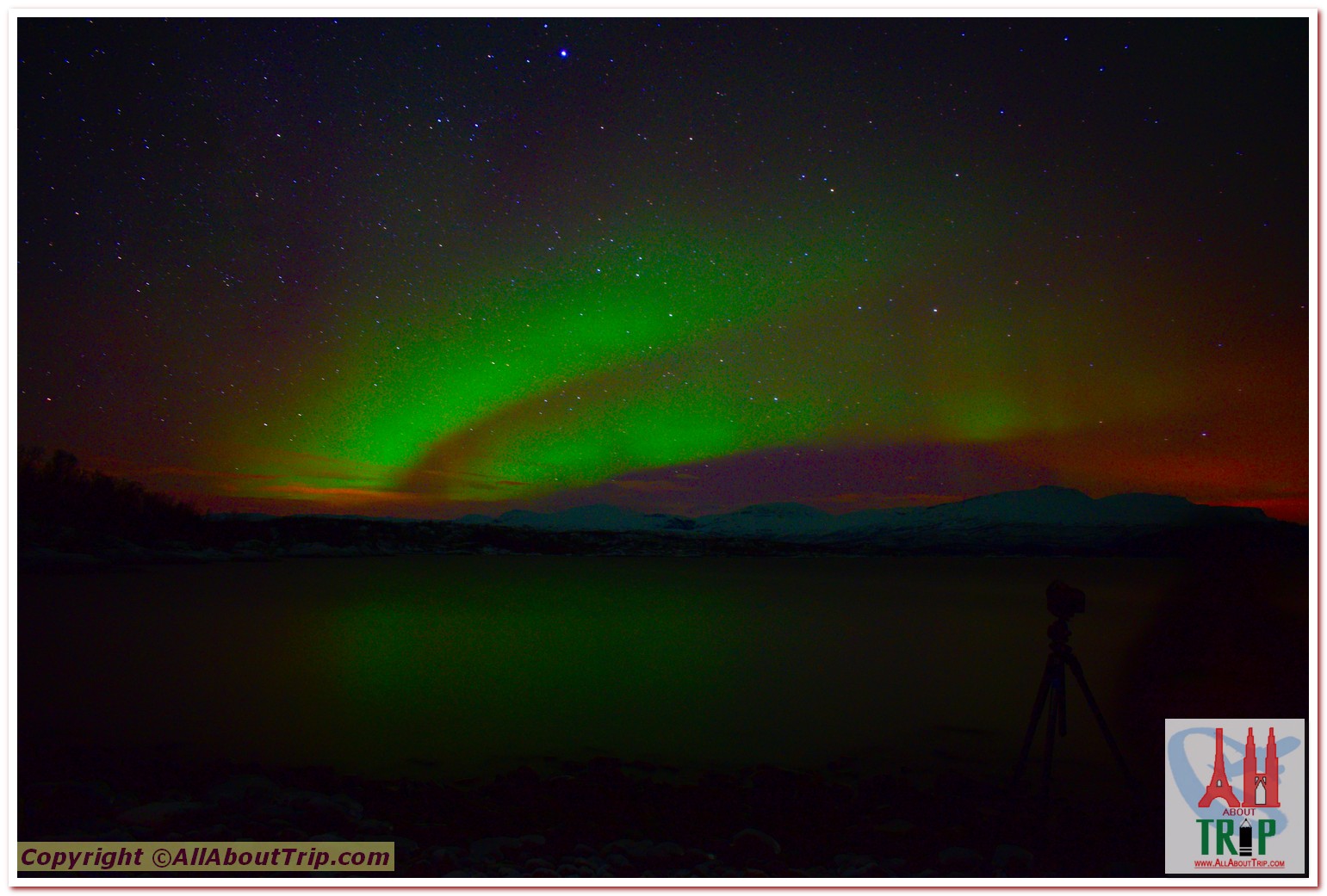
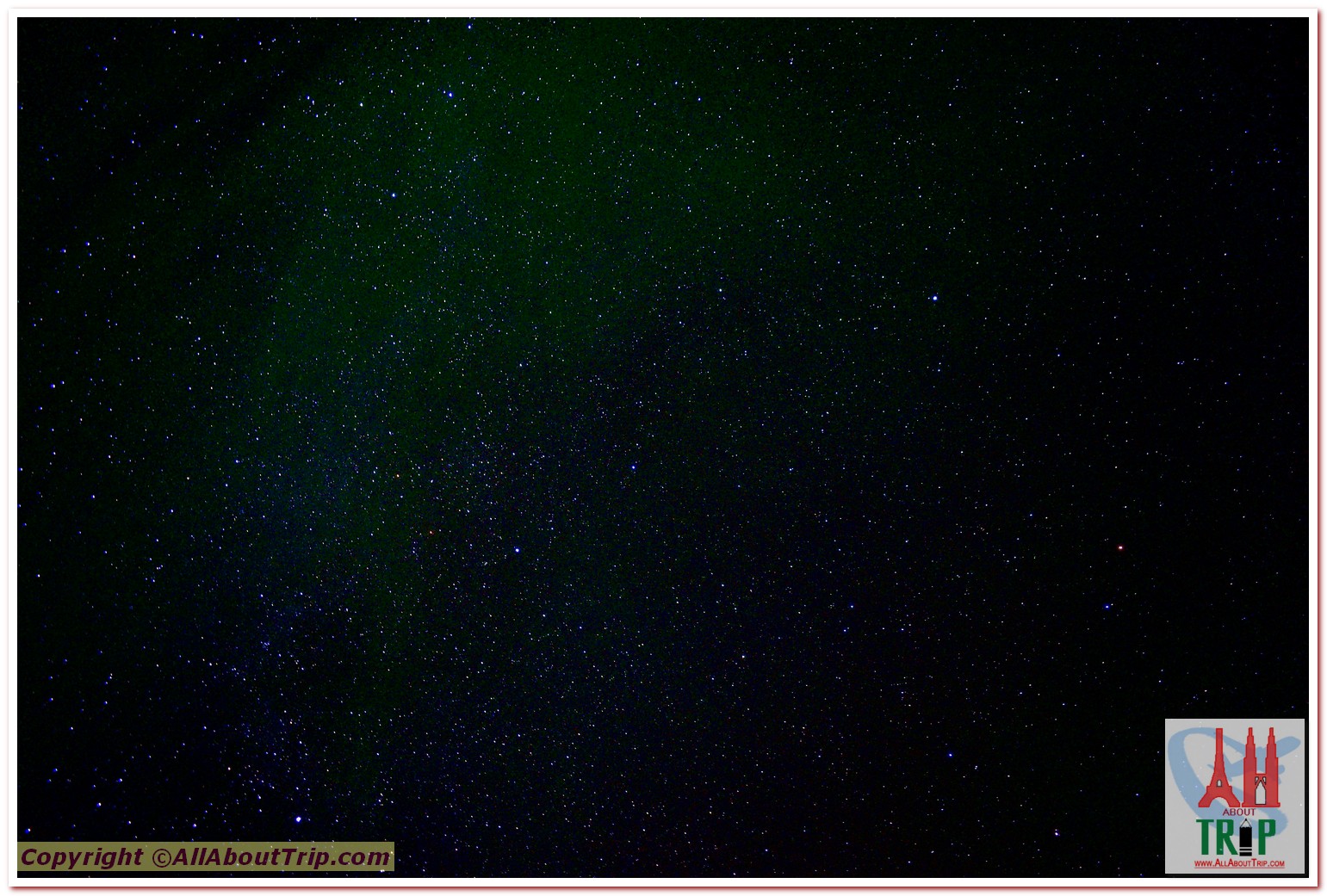
No two photos look the same even though captured at the same location & at the same time with the ever-changing light show.
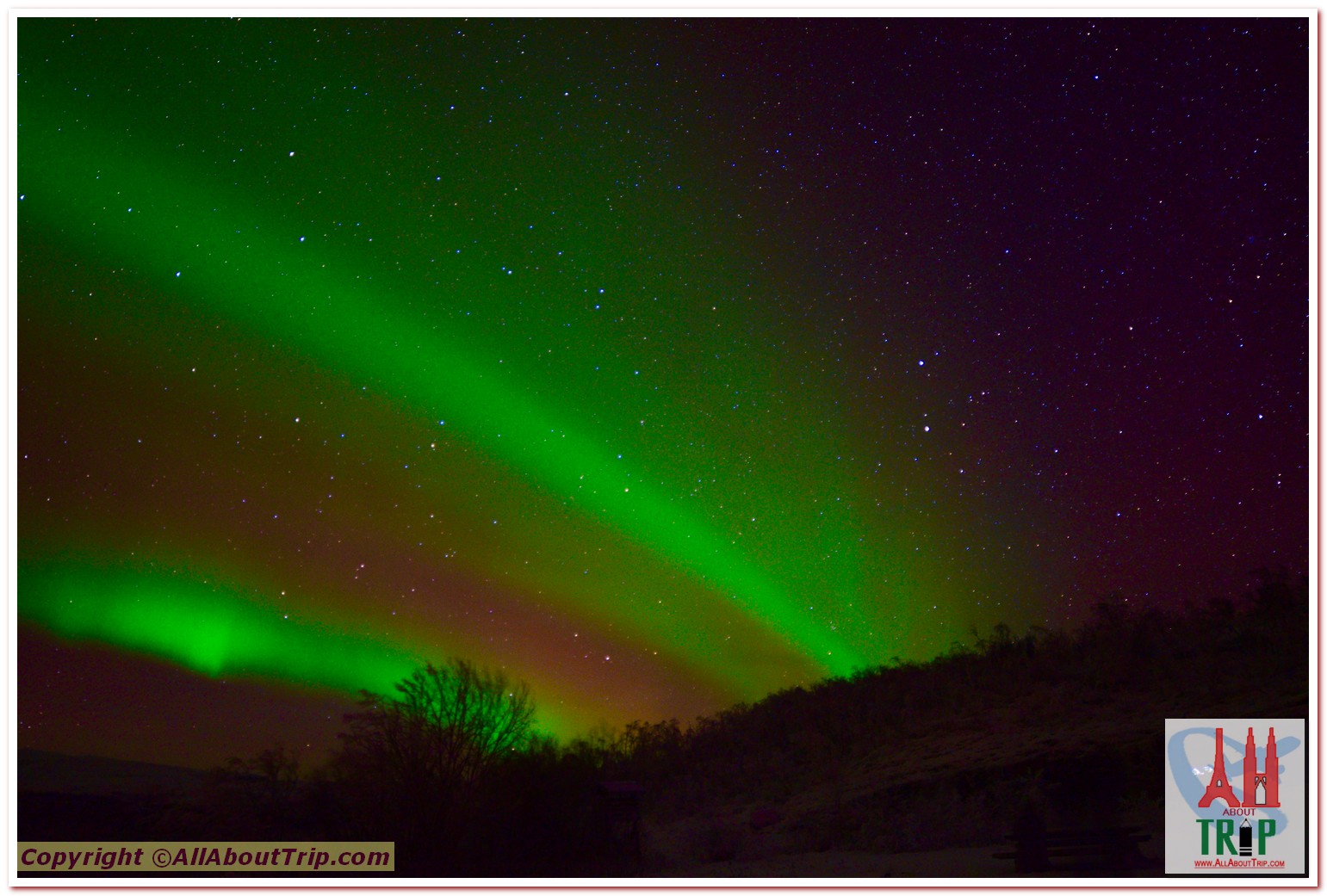
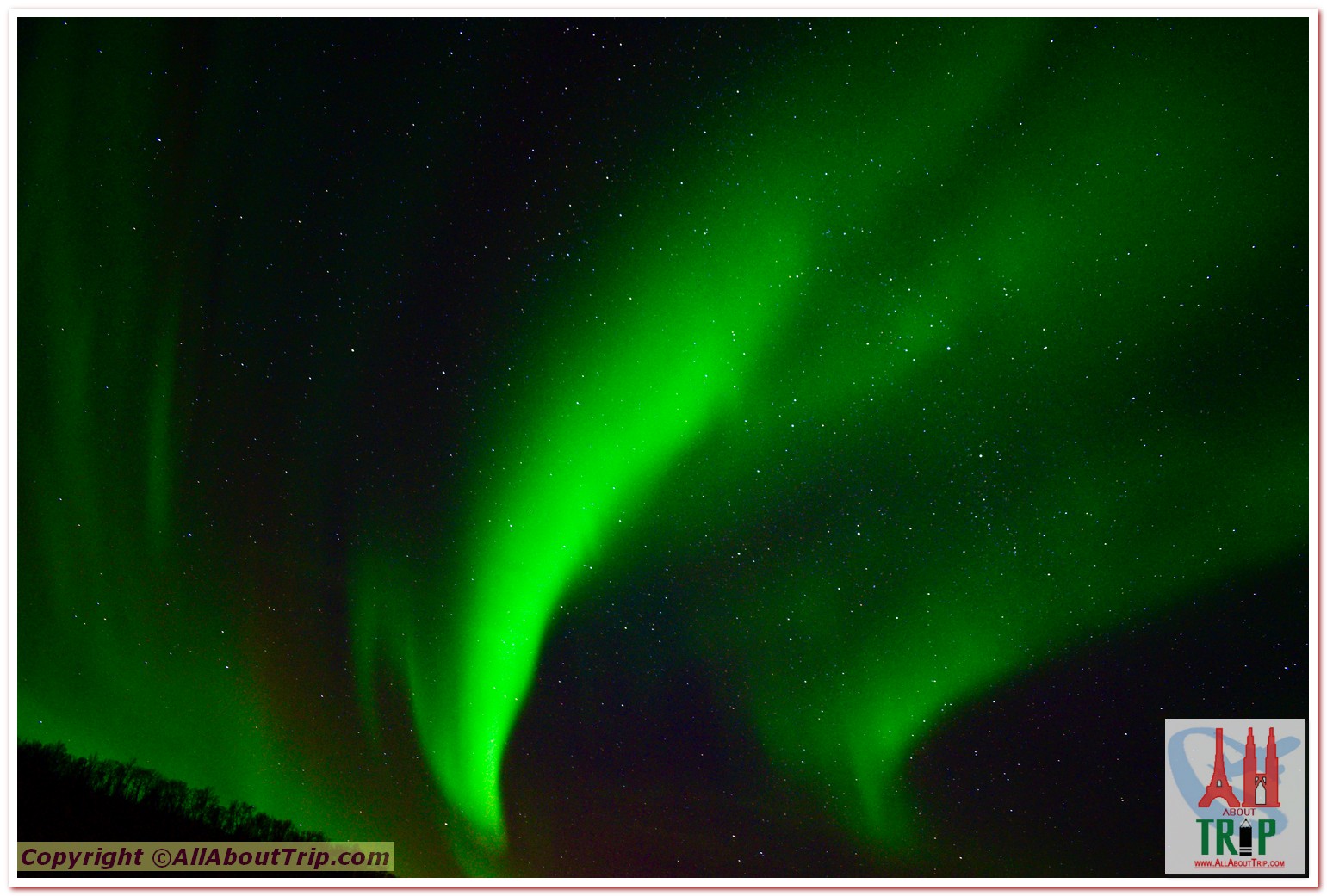

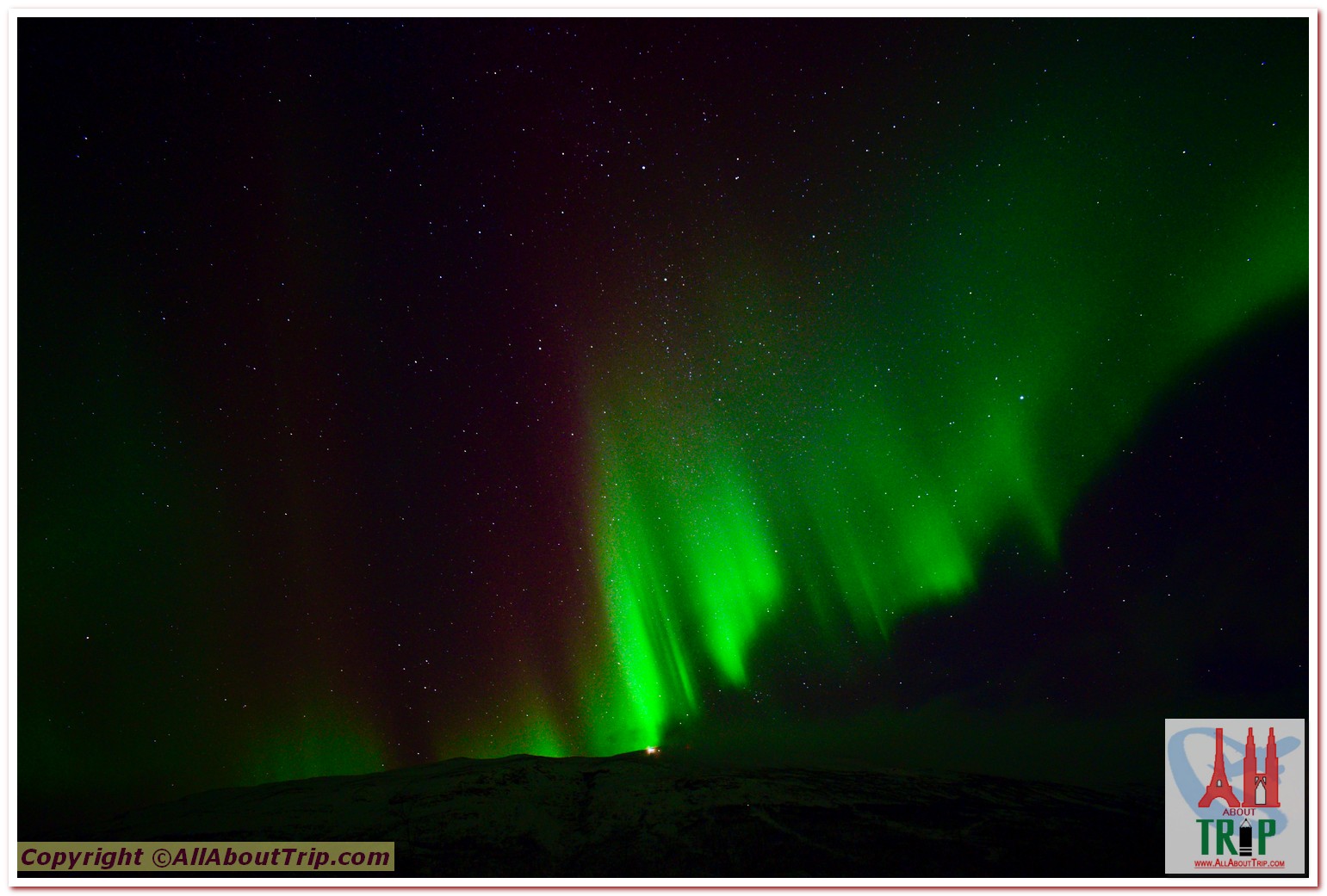

So much drama in the sky with multitudes of colors mixed with gazillion stars & a mix of clouds.
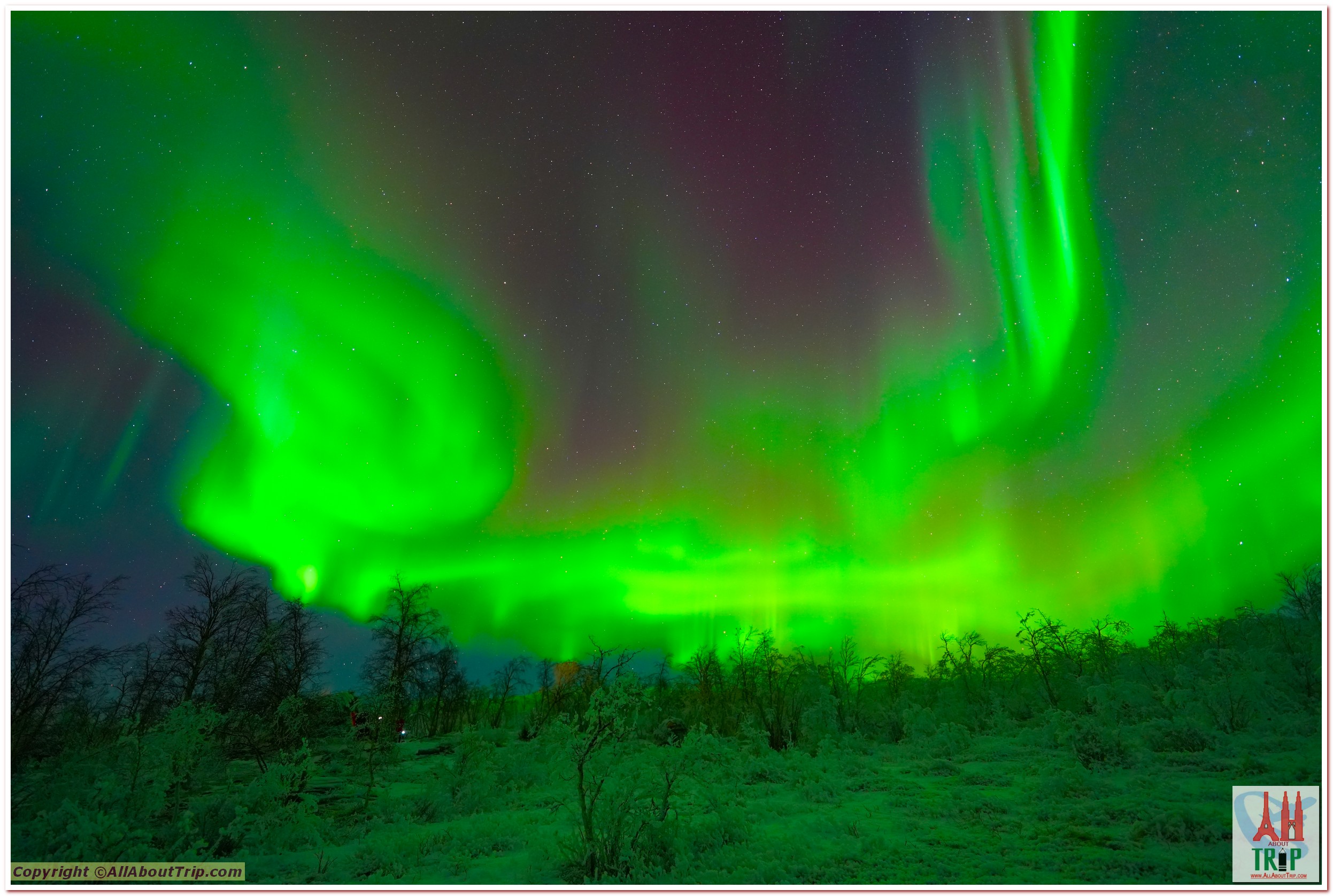
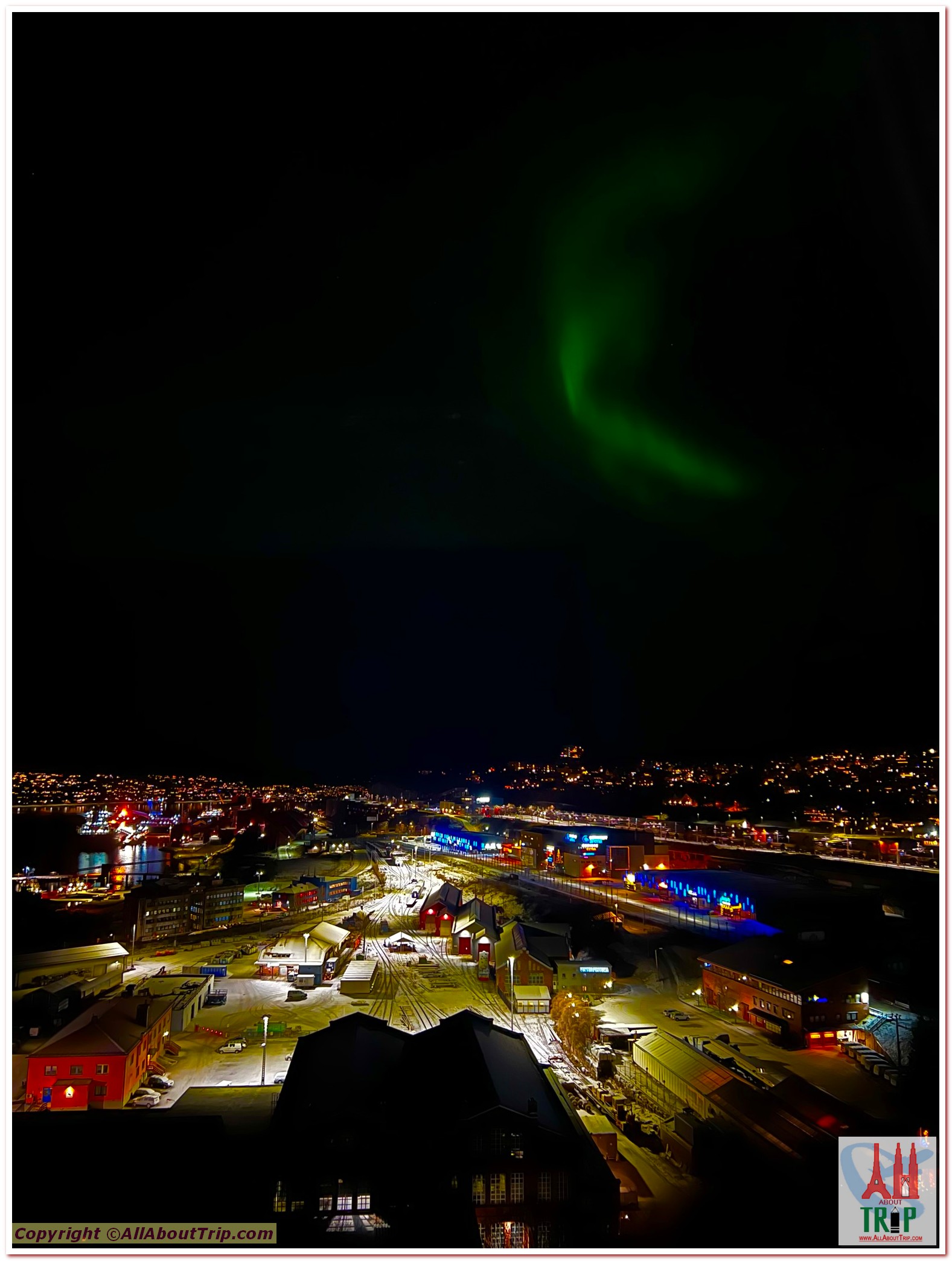
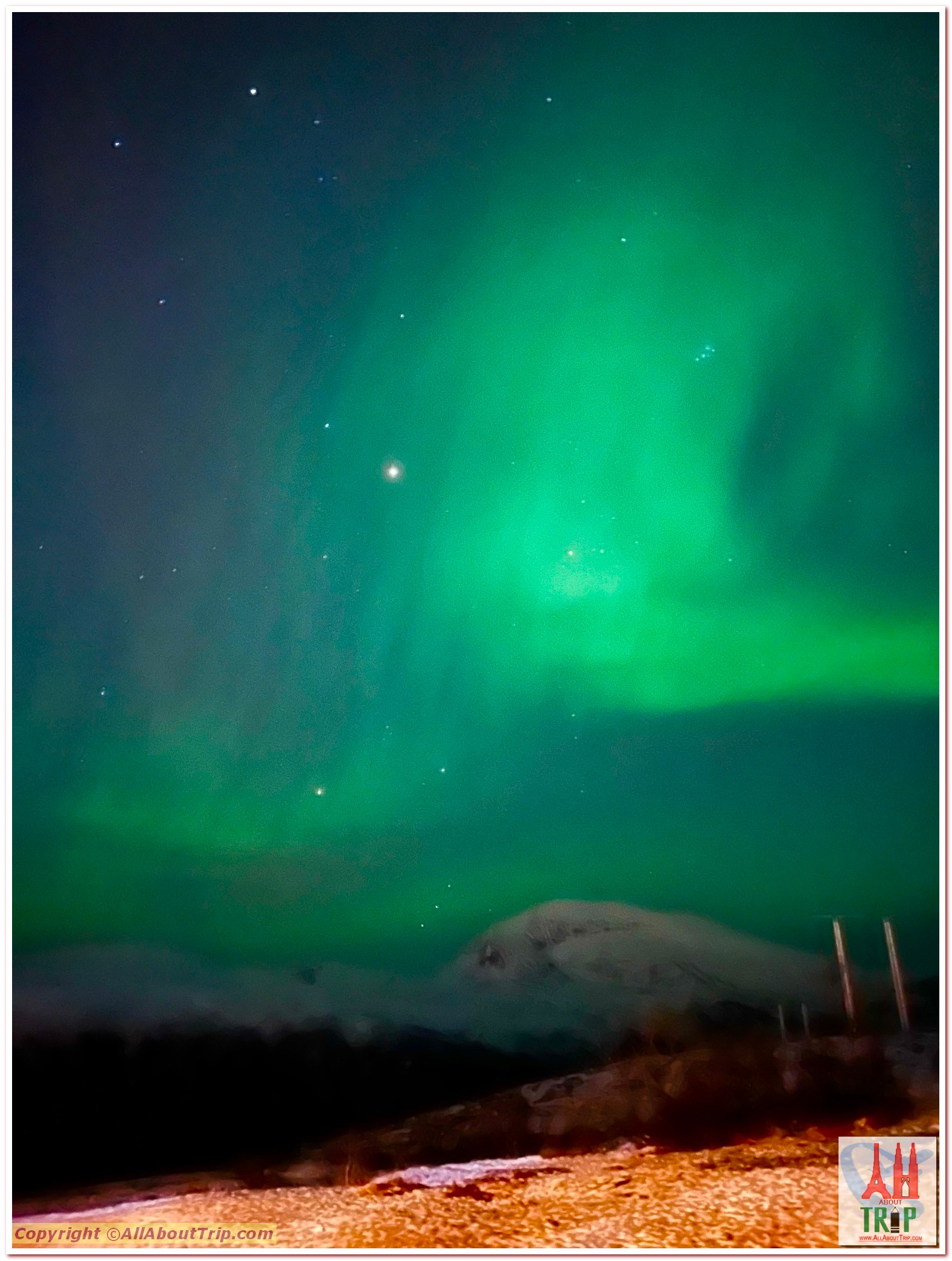
Polar nights are a phenomenon where the nighttime lasts for more than 24 hours that occurs in the northernmost and southernmost regions of Earth. This occurs only inside the northern and southern polar circles. The rotating axial tilt of the planet causes this phenomenon. It’s not like no light at all for 24 hours It’s like you get a couple of hours of dusk-like light where the colors of the skies are the most beautiful. The pink & orange hues for those couple of hours make your day.

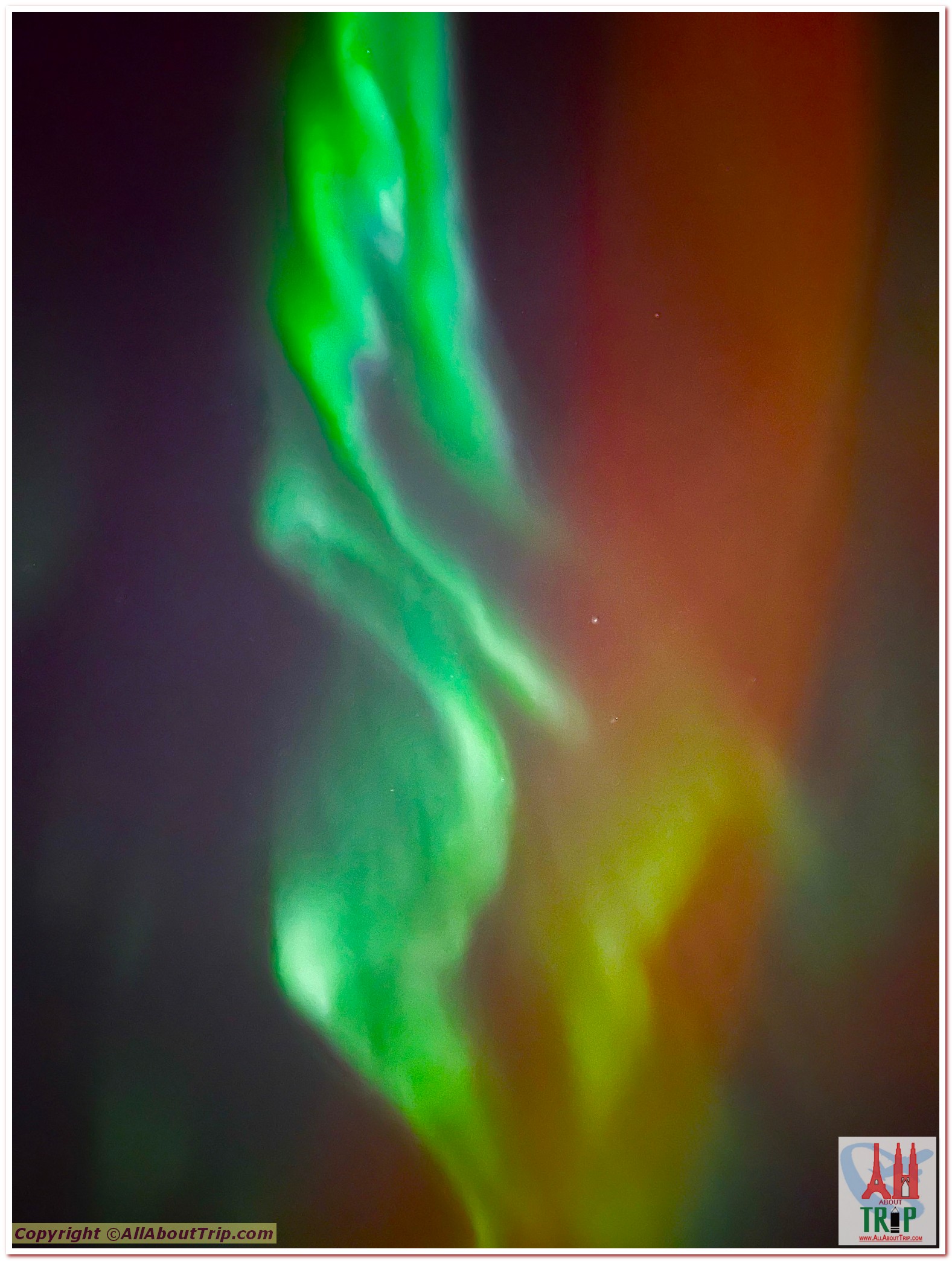

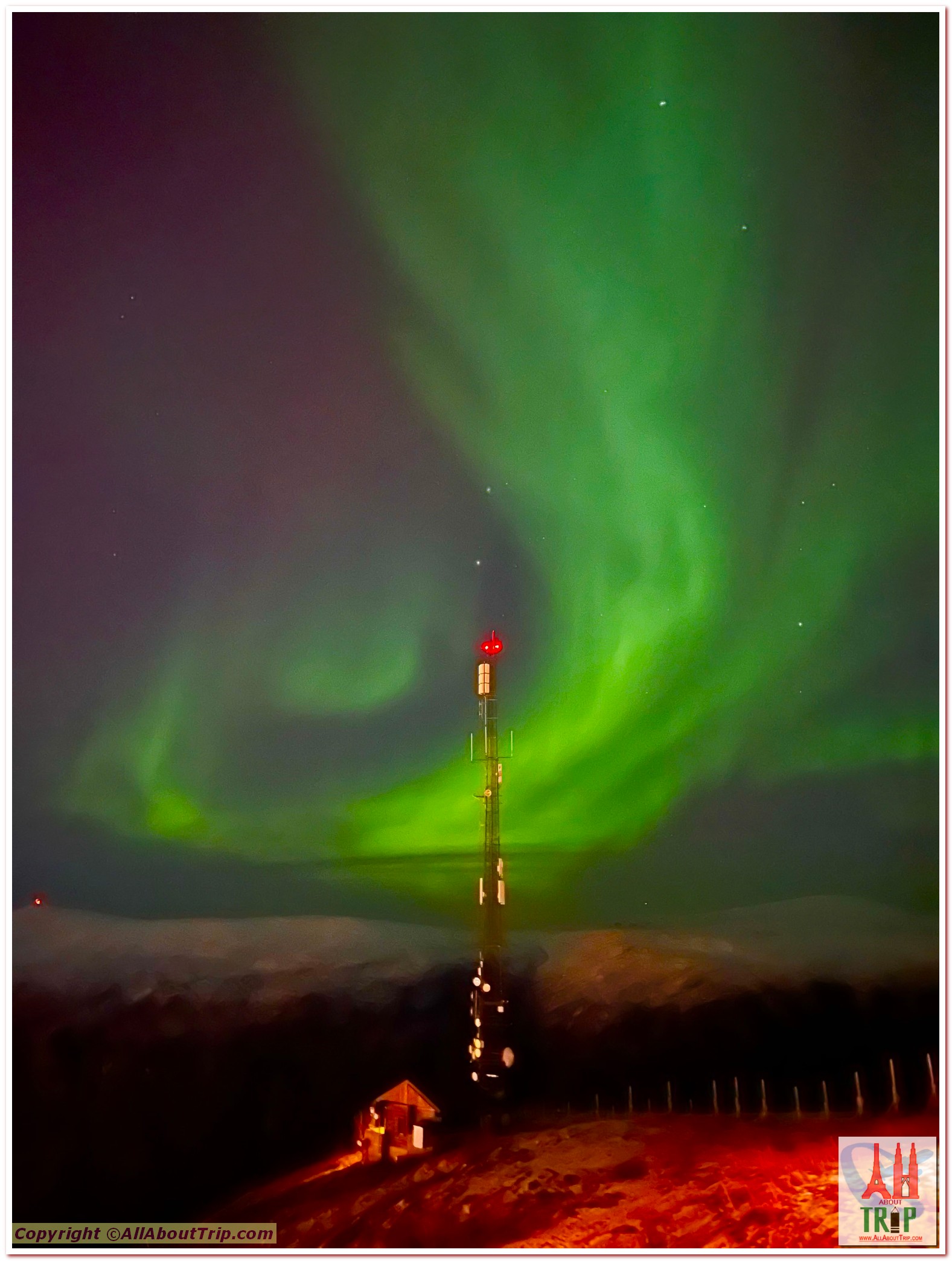
It's not easy to explain all these special phenomena, you need to see them in person, to experience and believe it

Location location location!!!
Planning planning planning!!!
TIP –
To survive the Arctic weather, multiple - multiple - multiple layers are a MUST.
TIP –
Crampons - grippers - sturdy walking poles.
TIP -
Prepare to be out in the open, facing the brutal elements for 5 to 6 hours at least, late night. It'll be bone chilling and toe numbing cold, but TOTALLY worth it.
TIP -
Take good time to plan - prepare and PACK !!
Main Home Blog Home